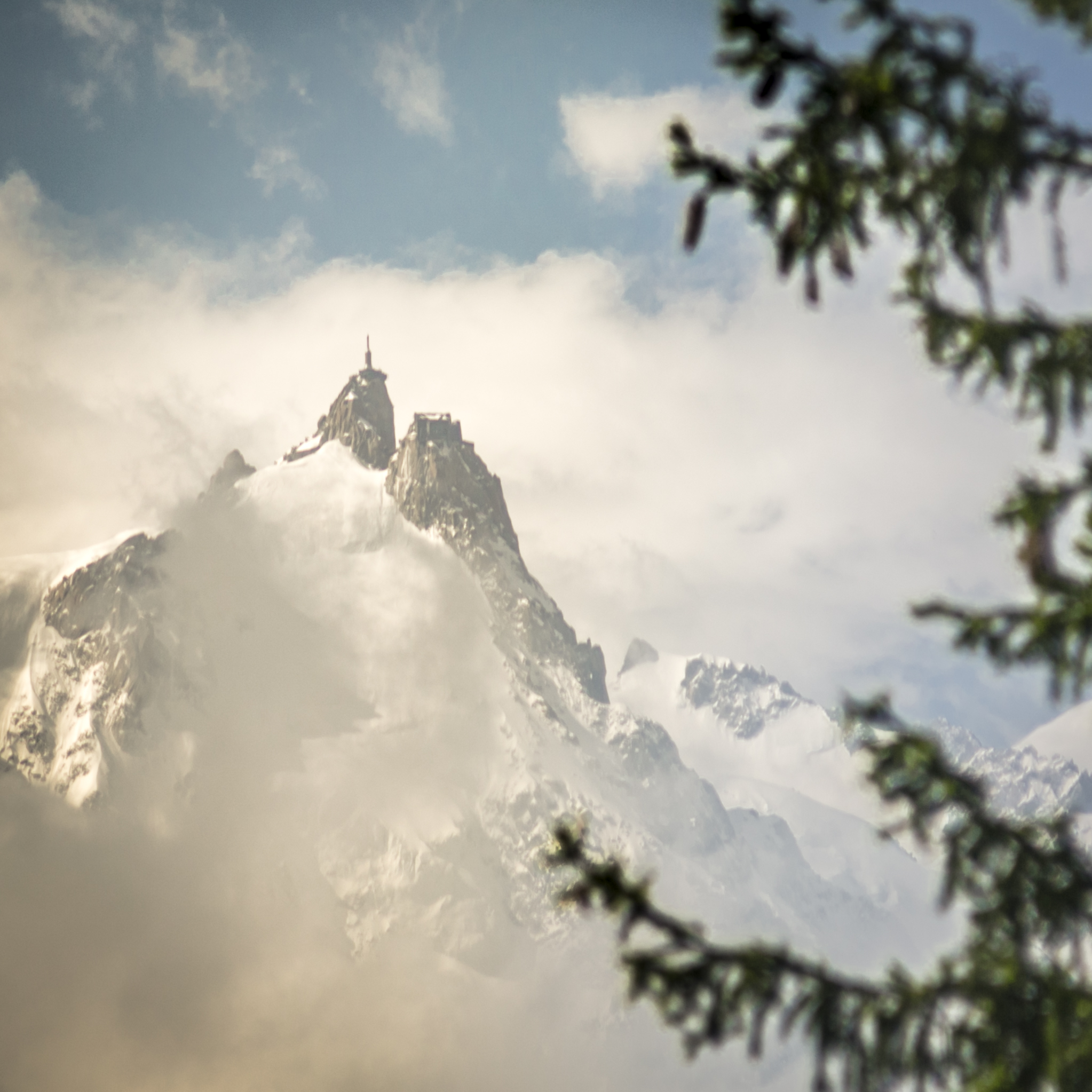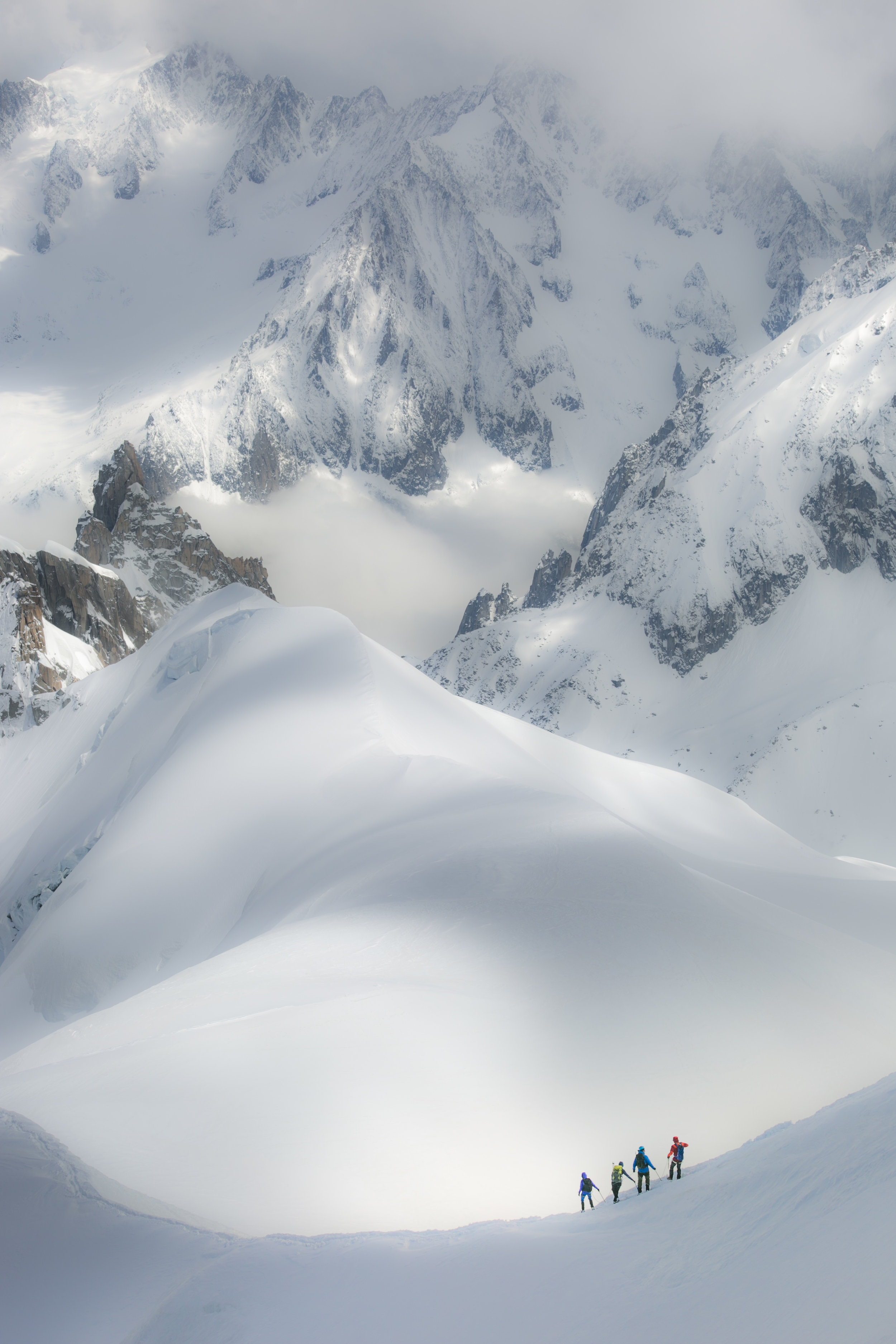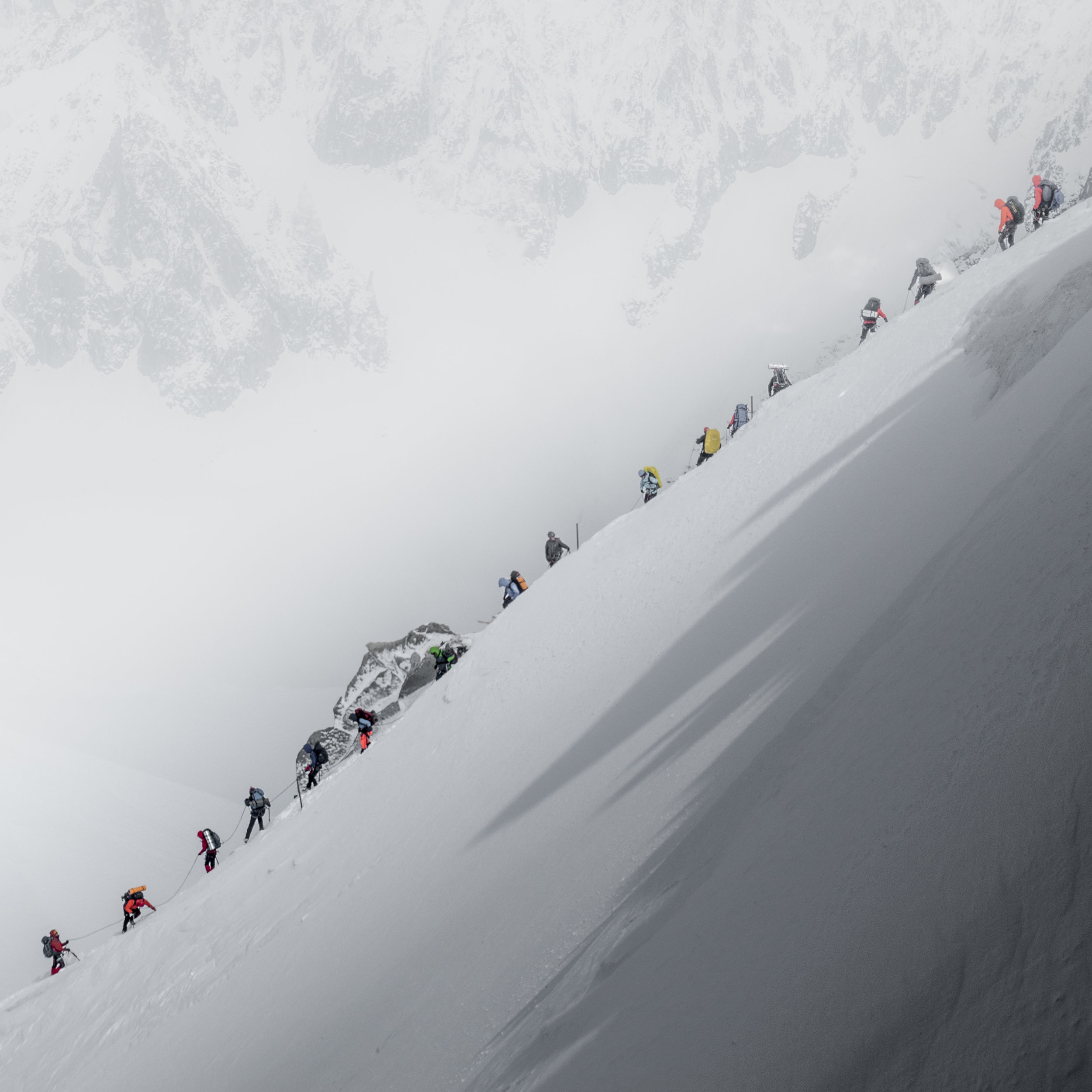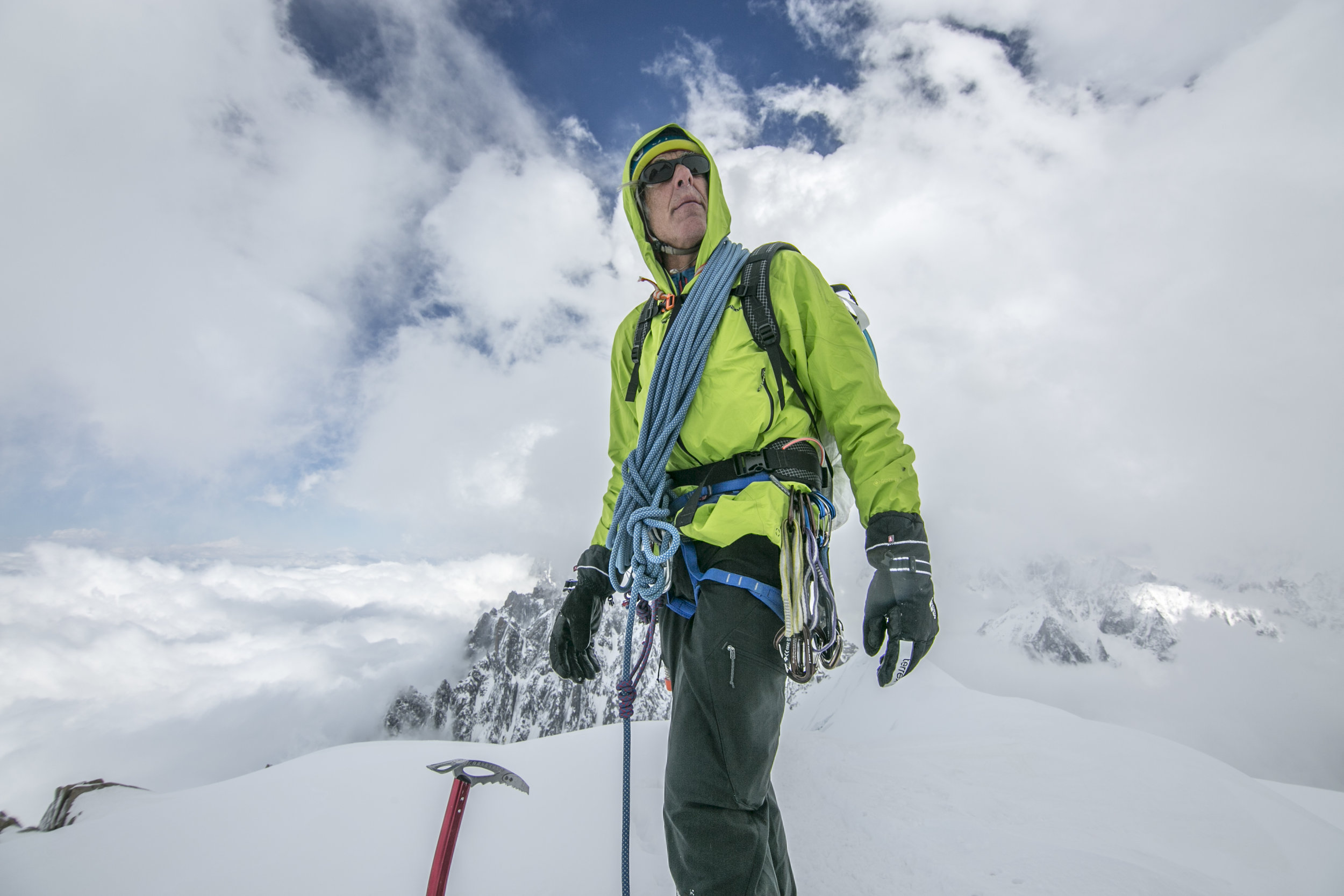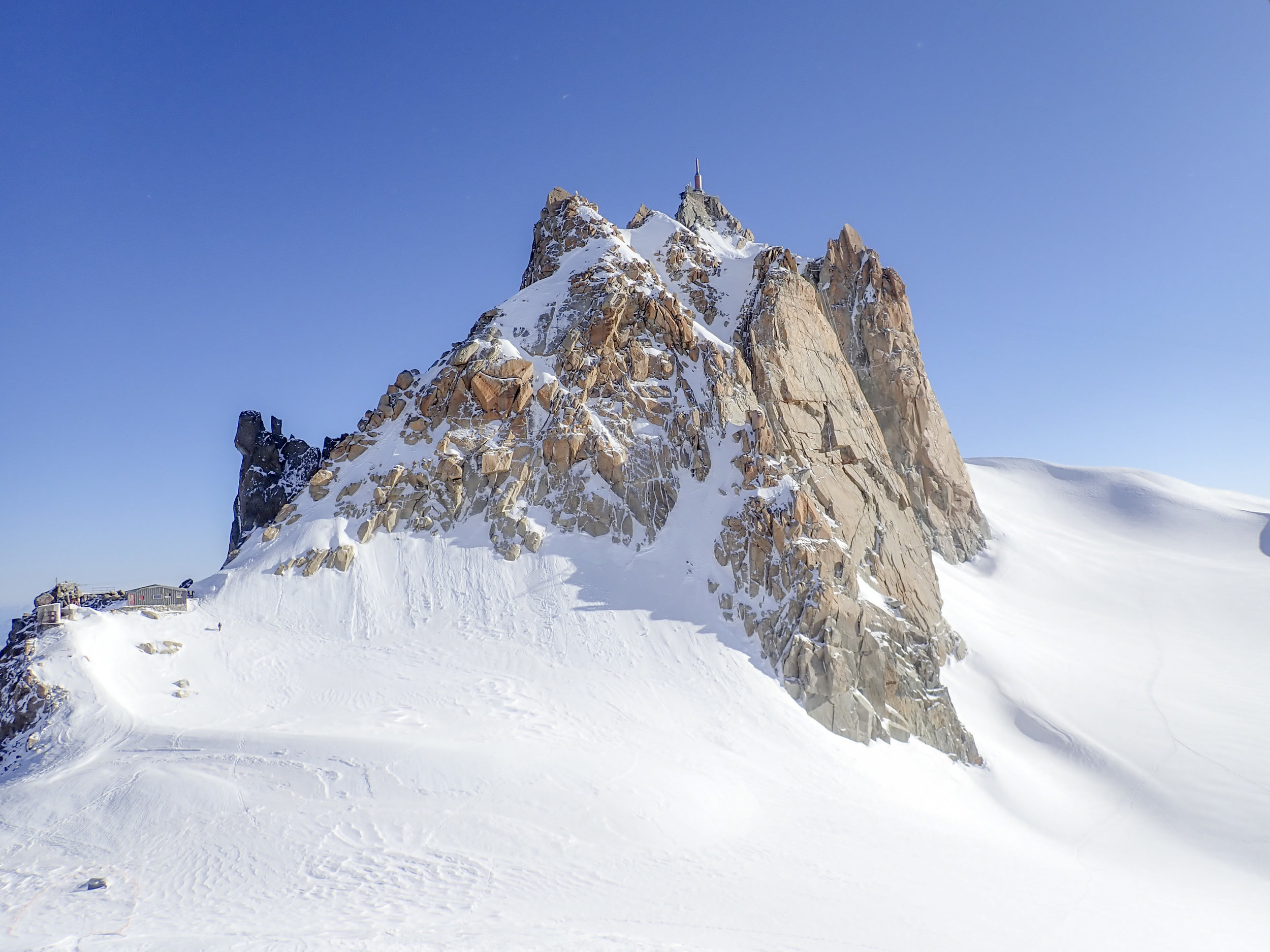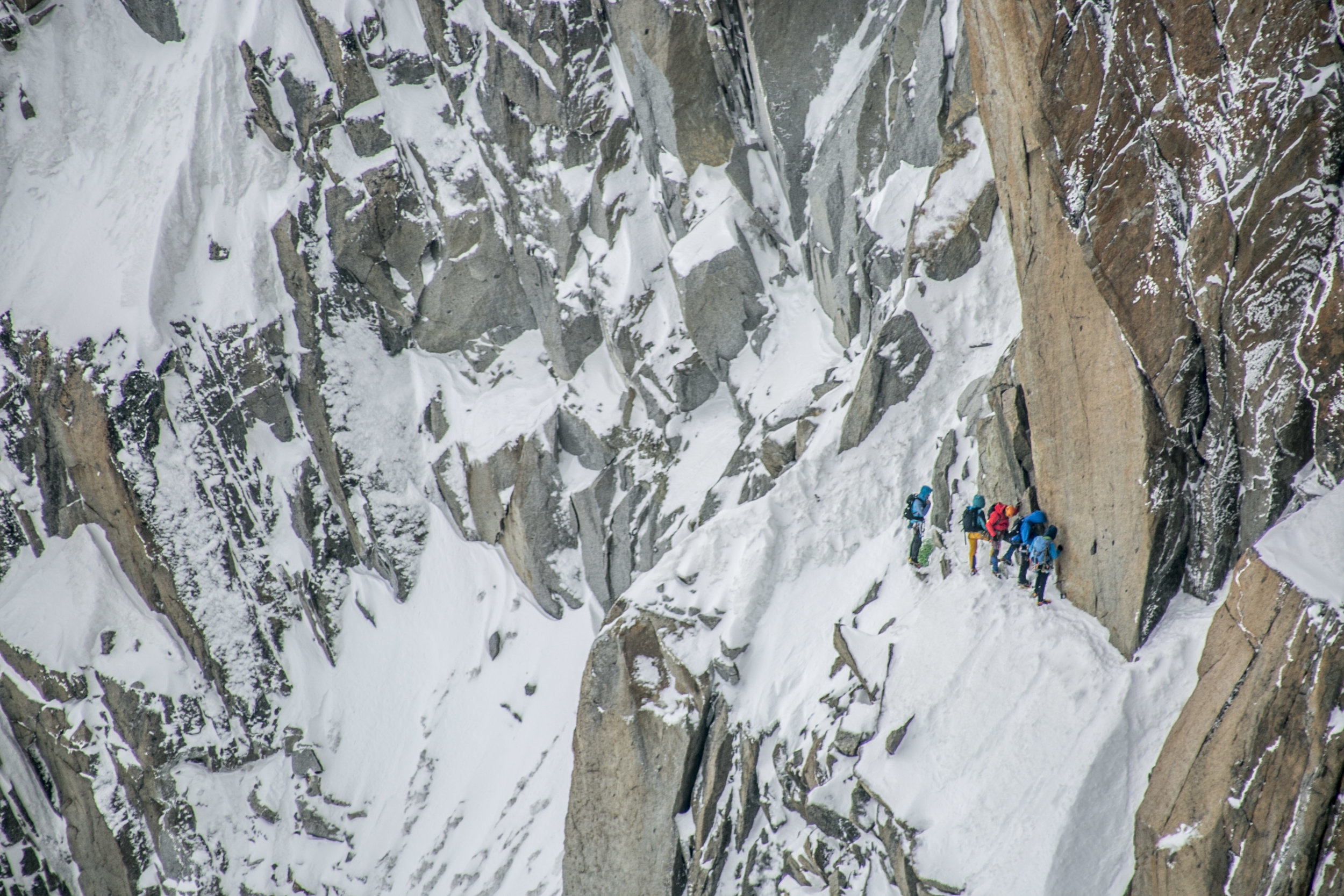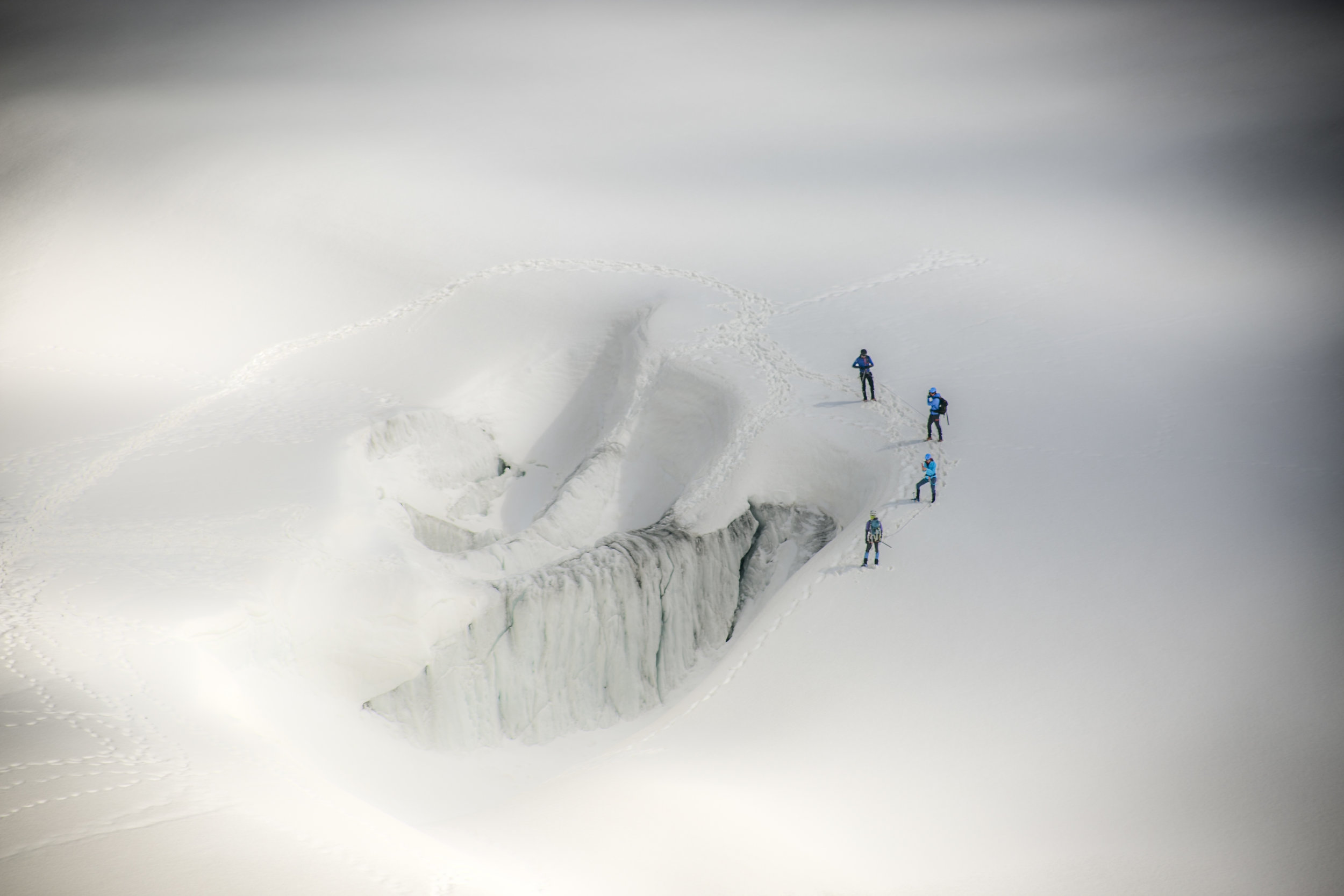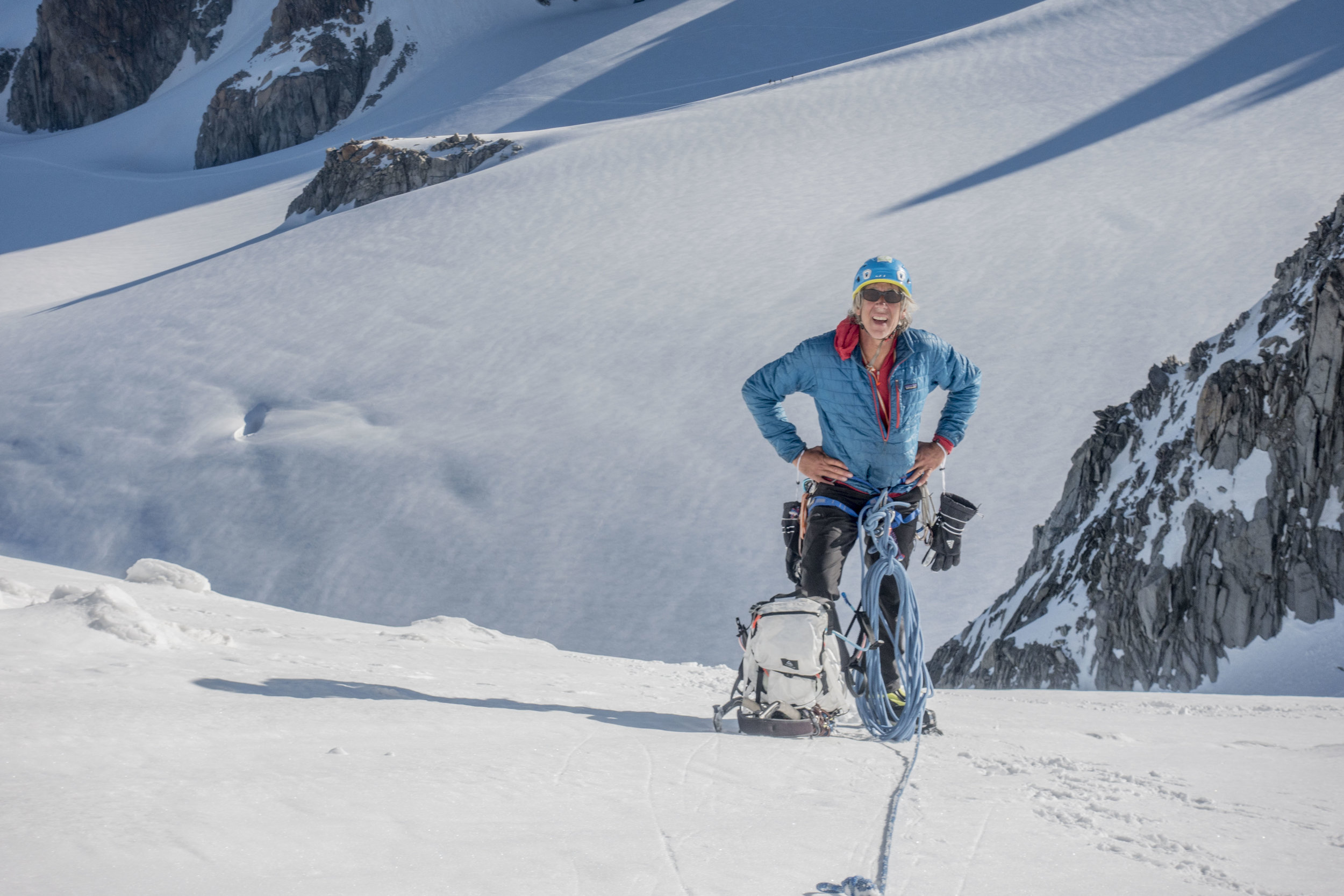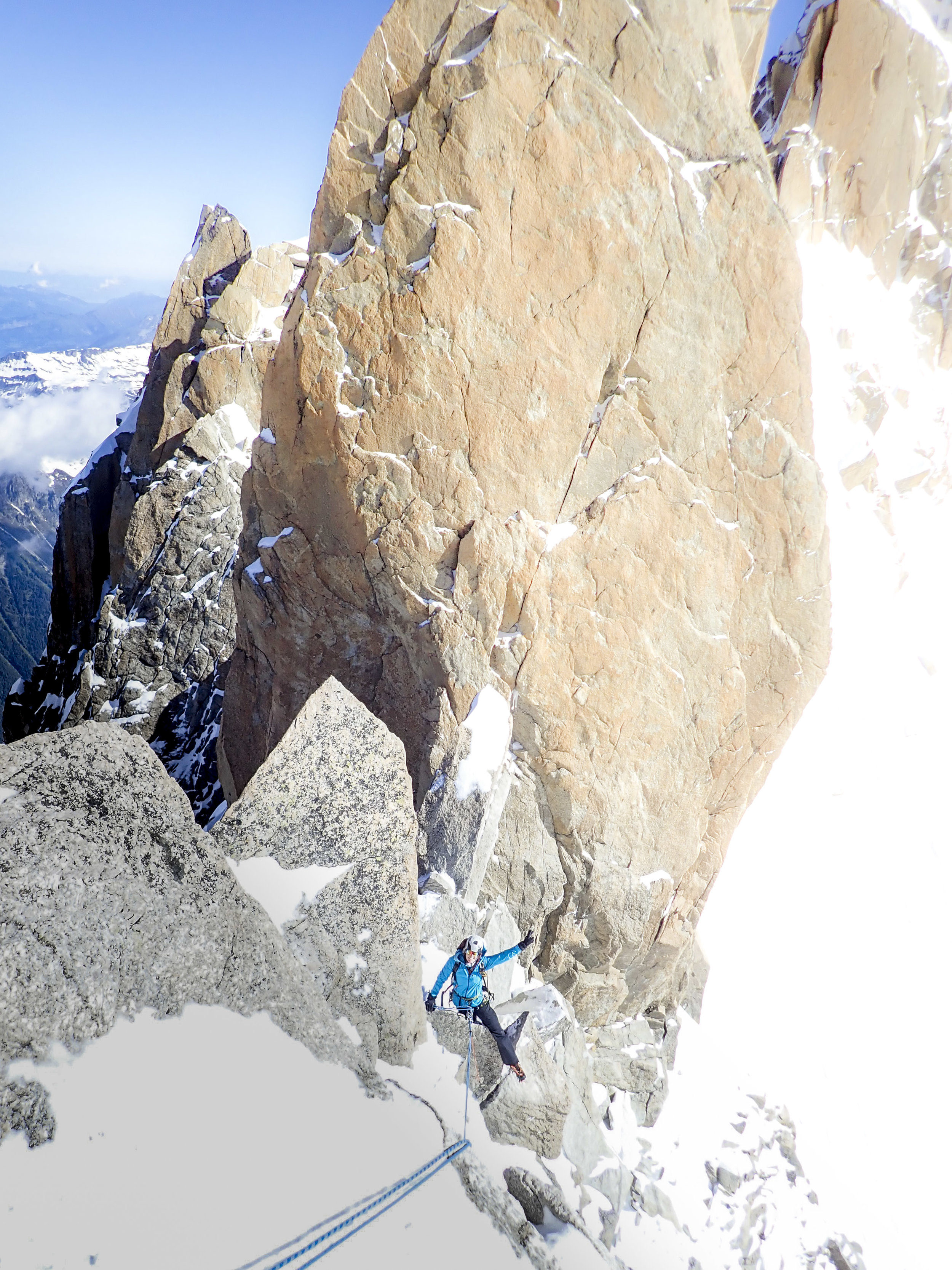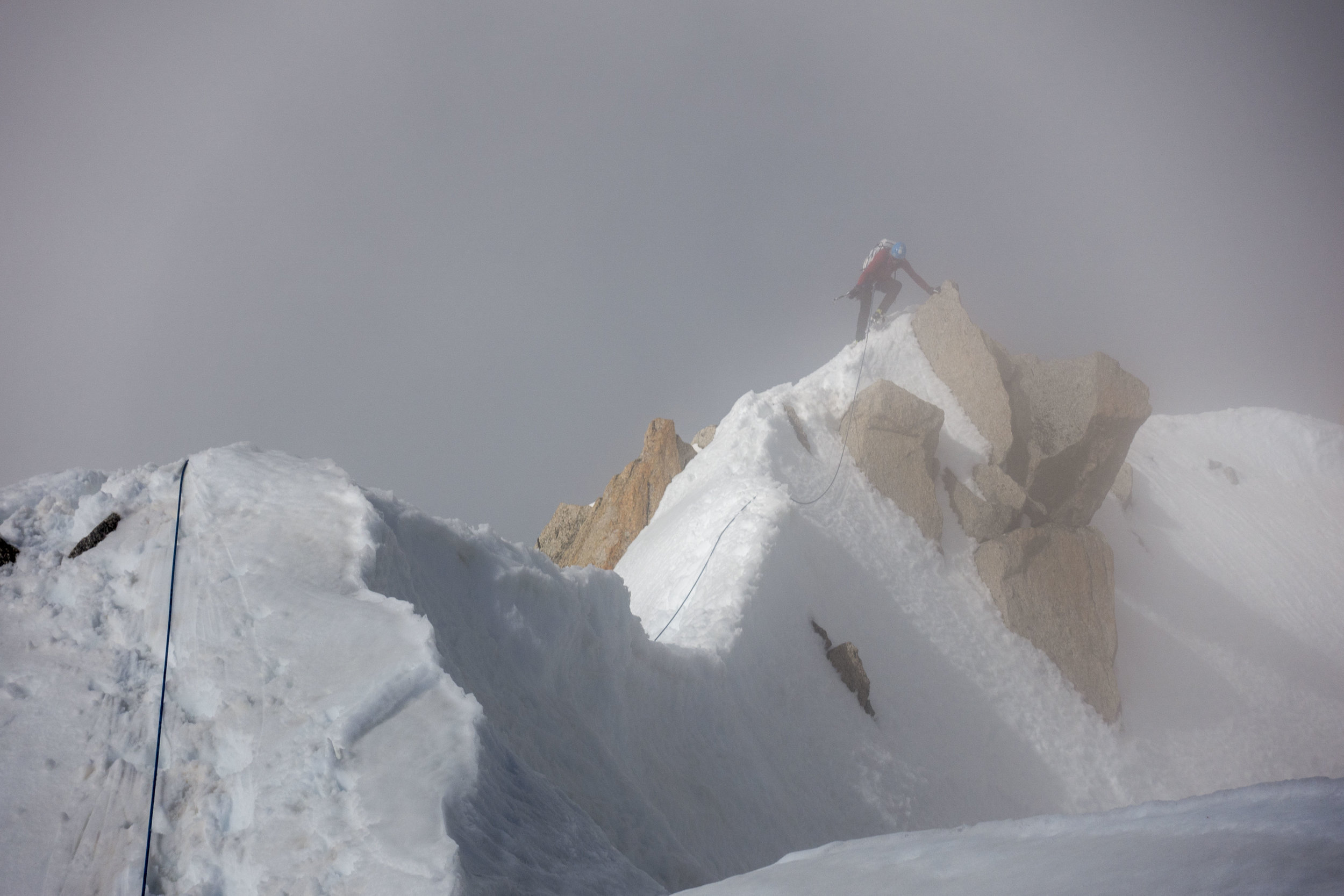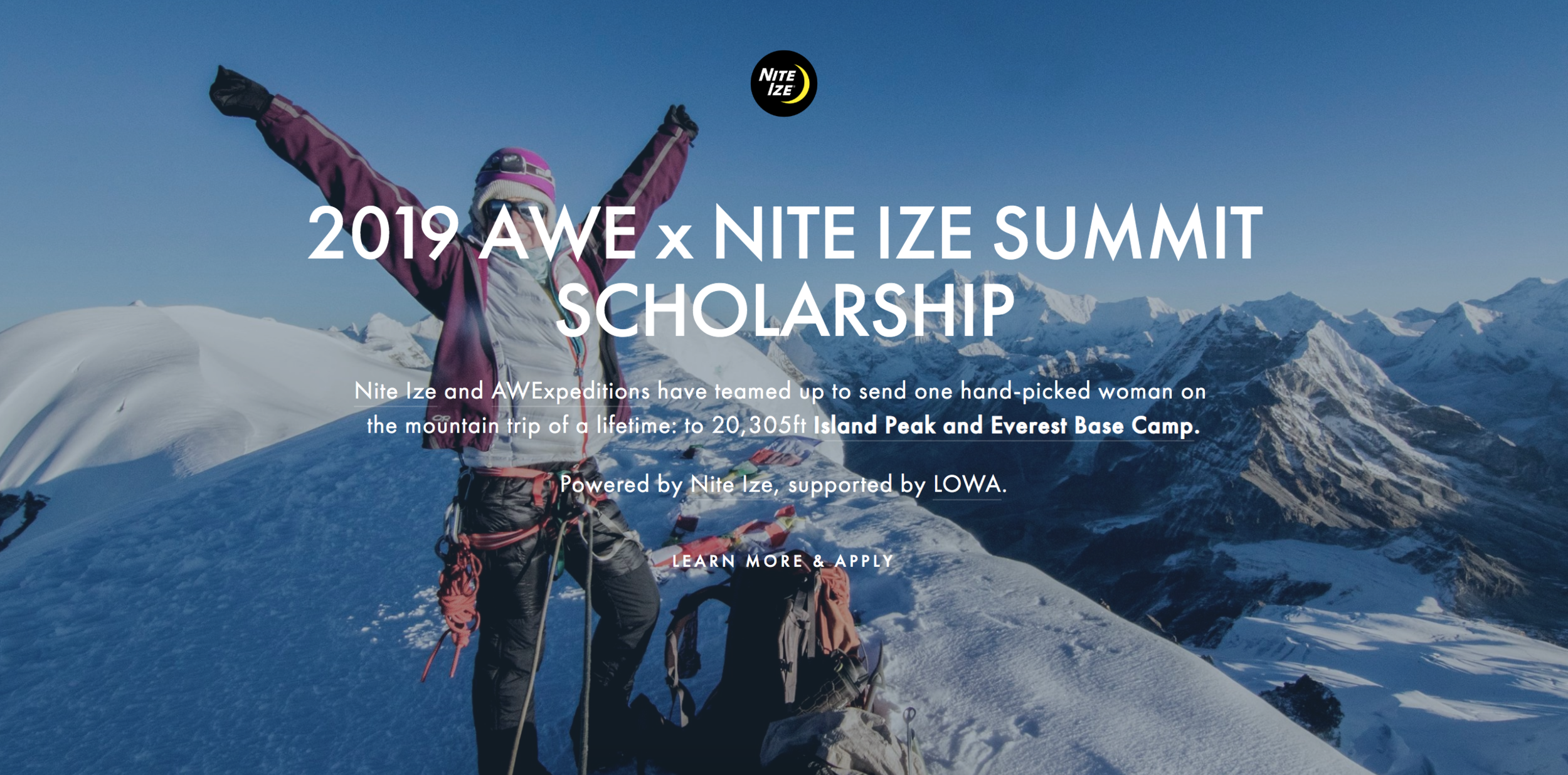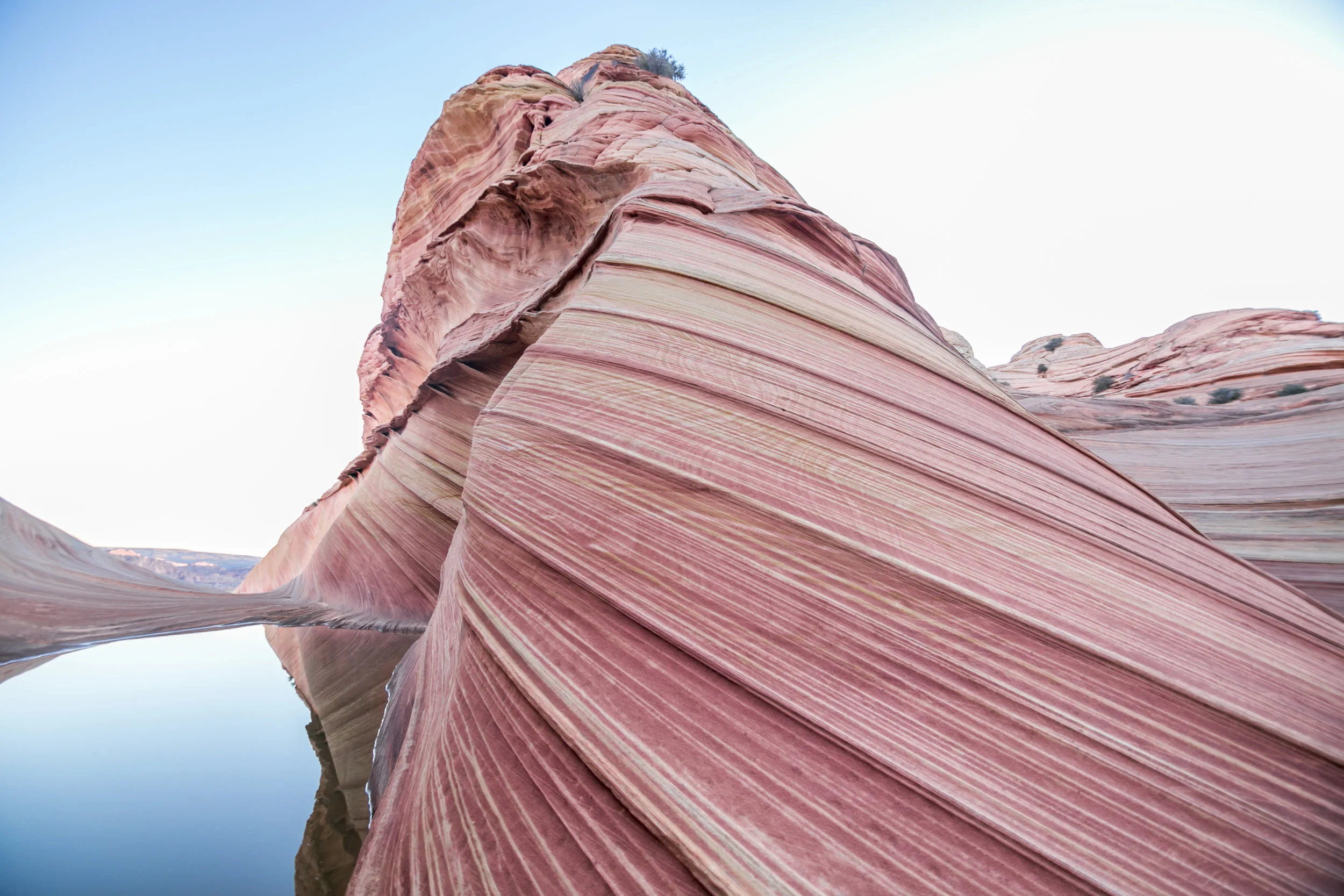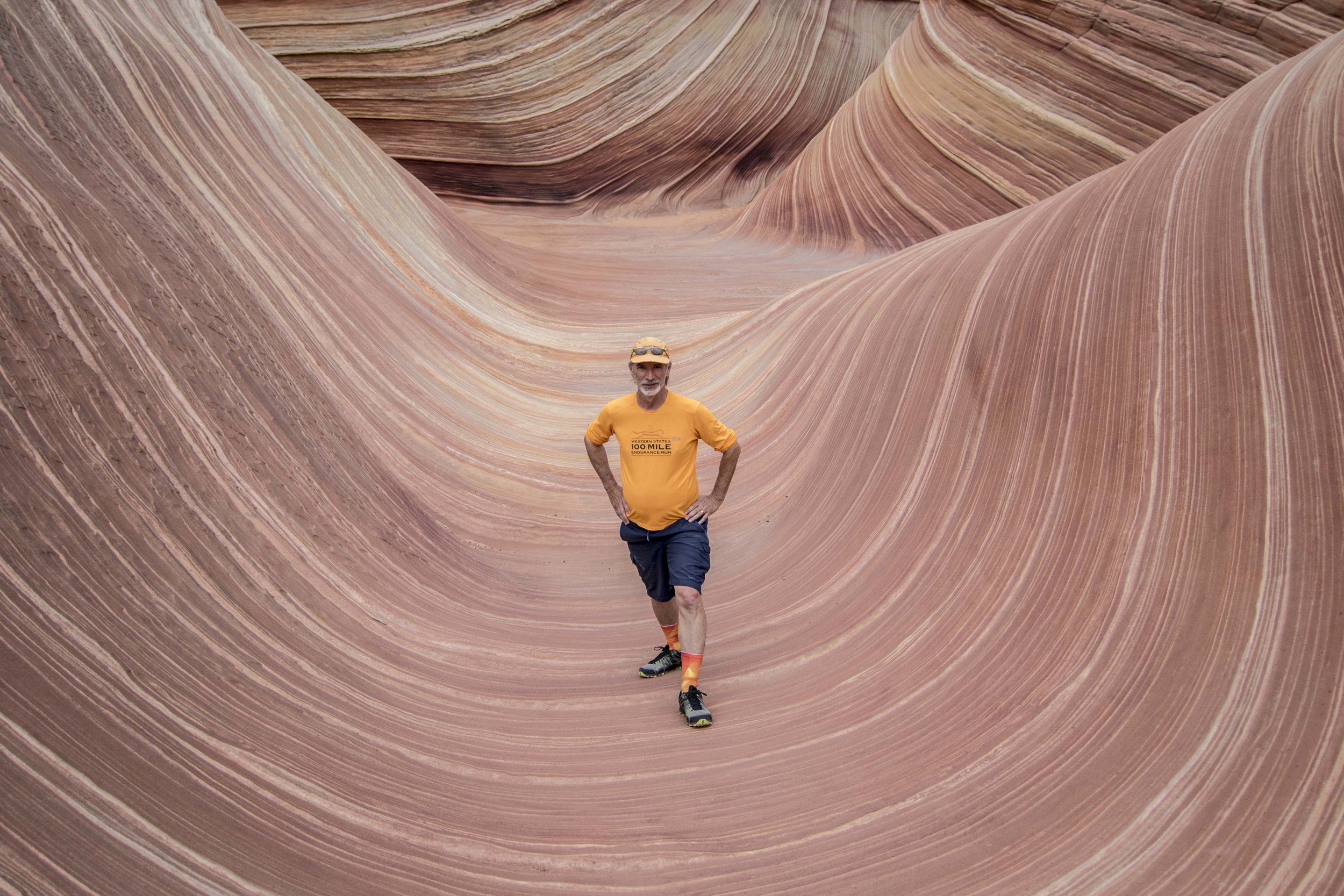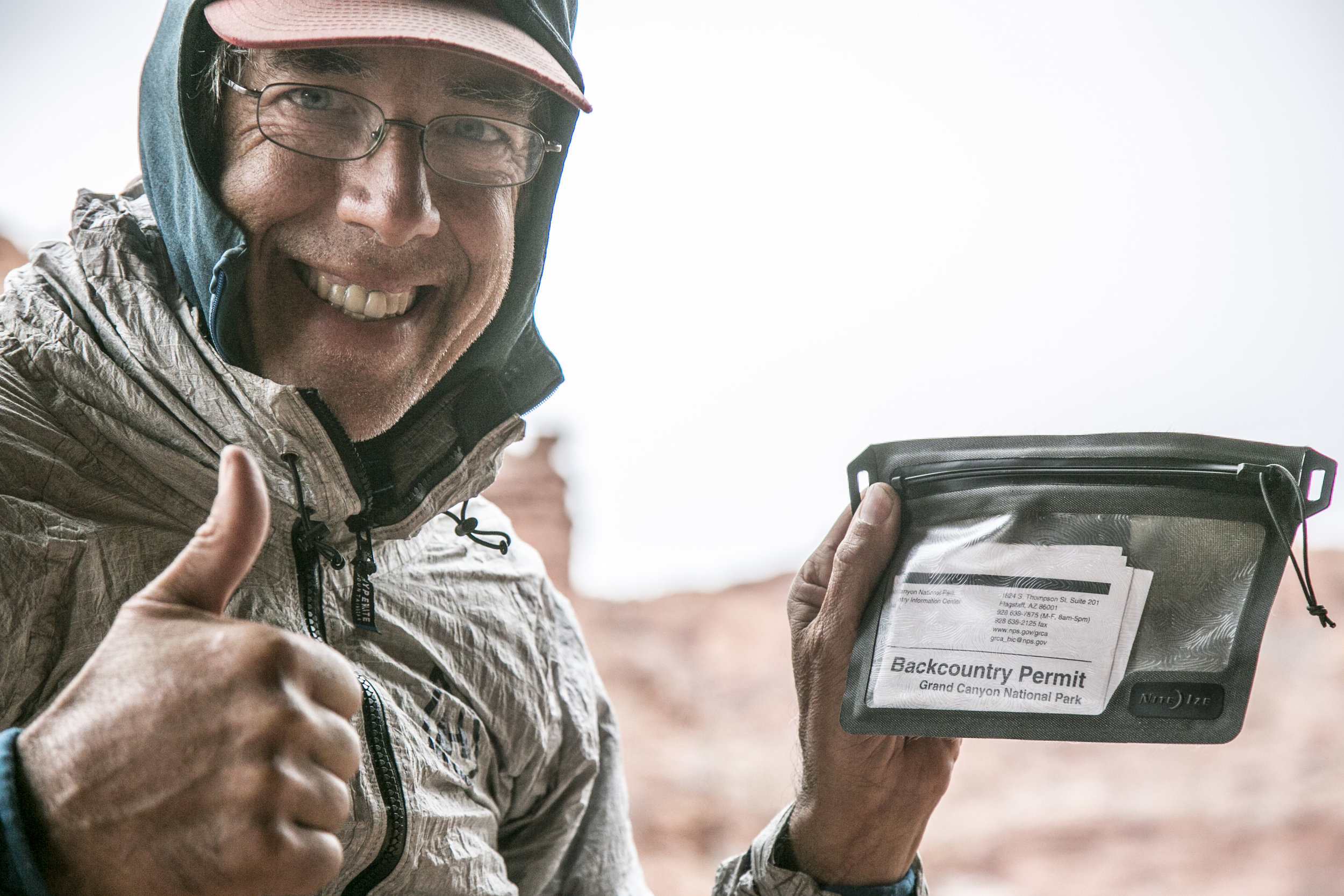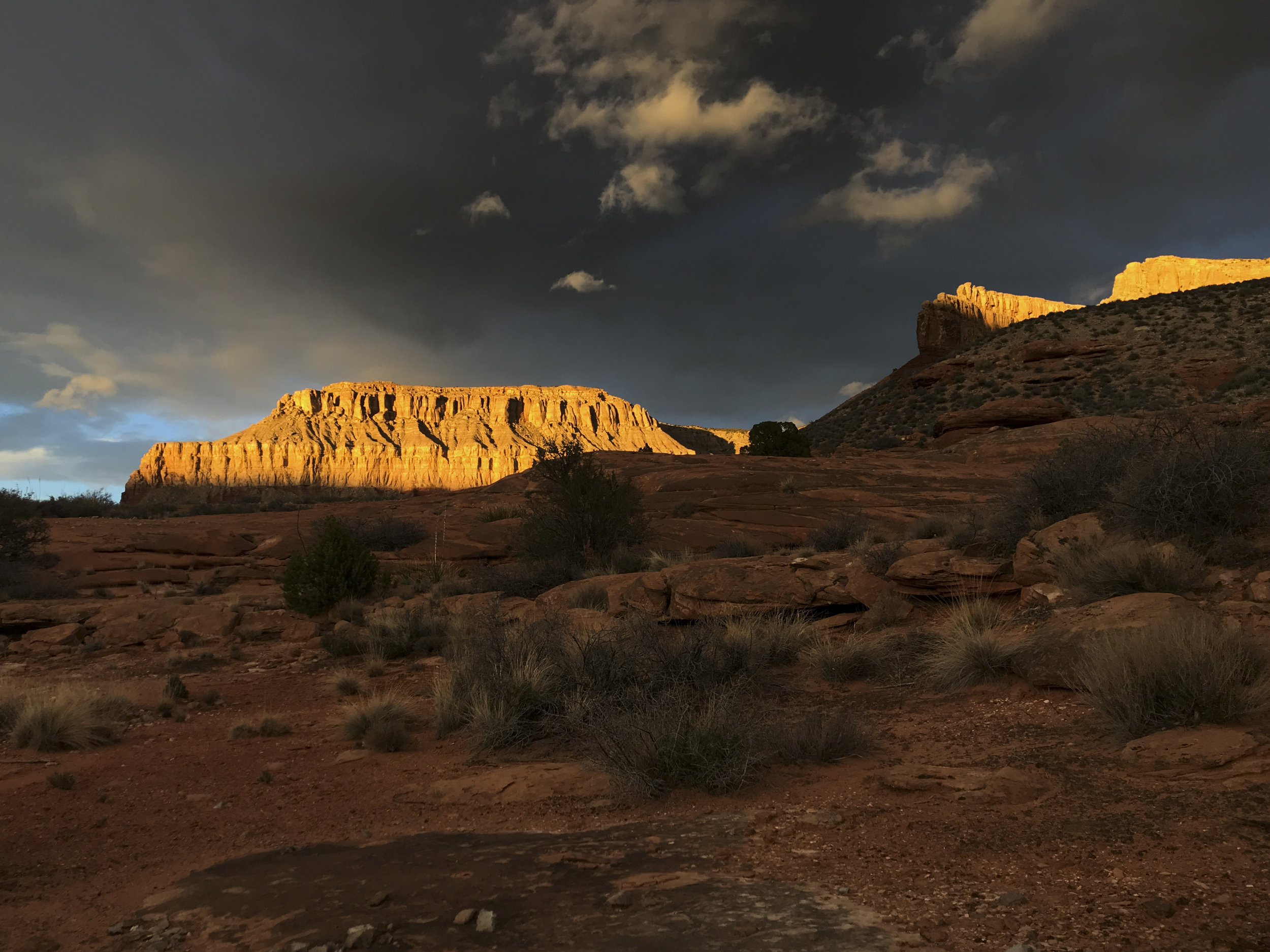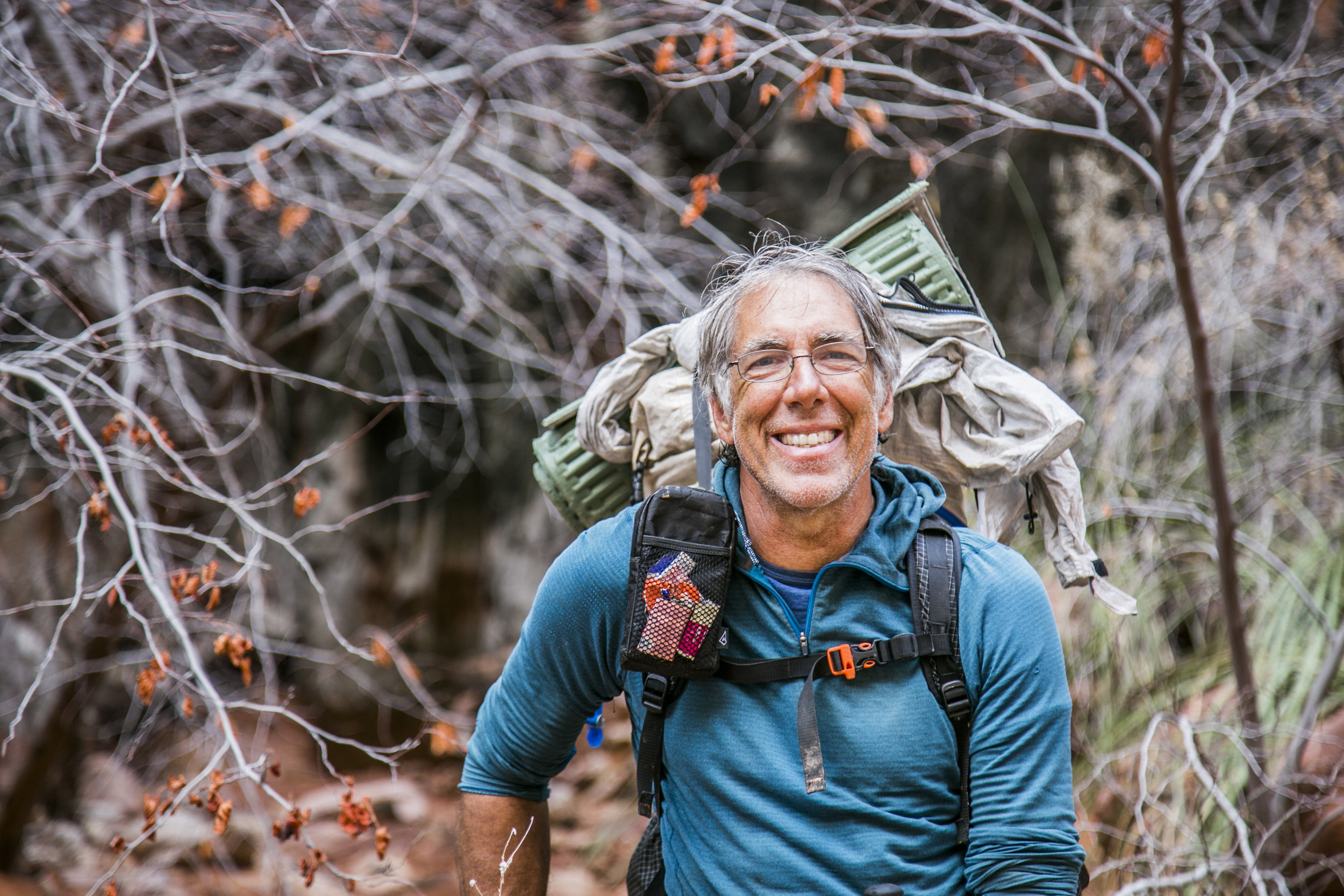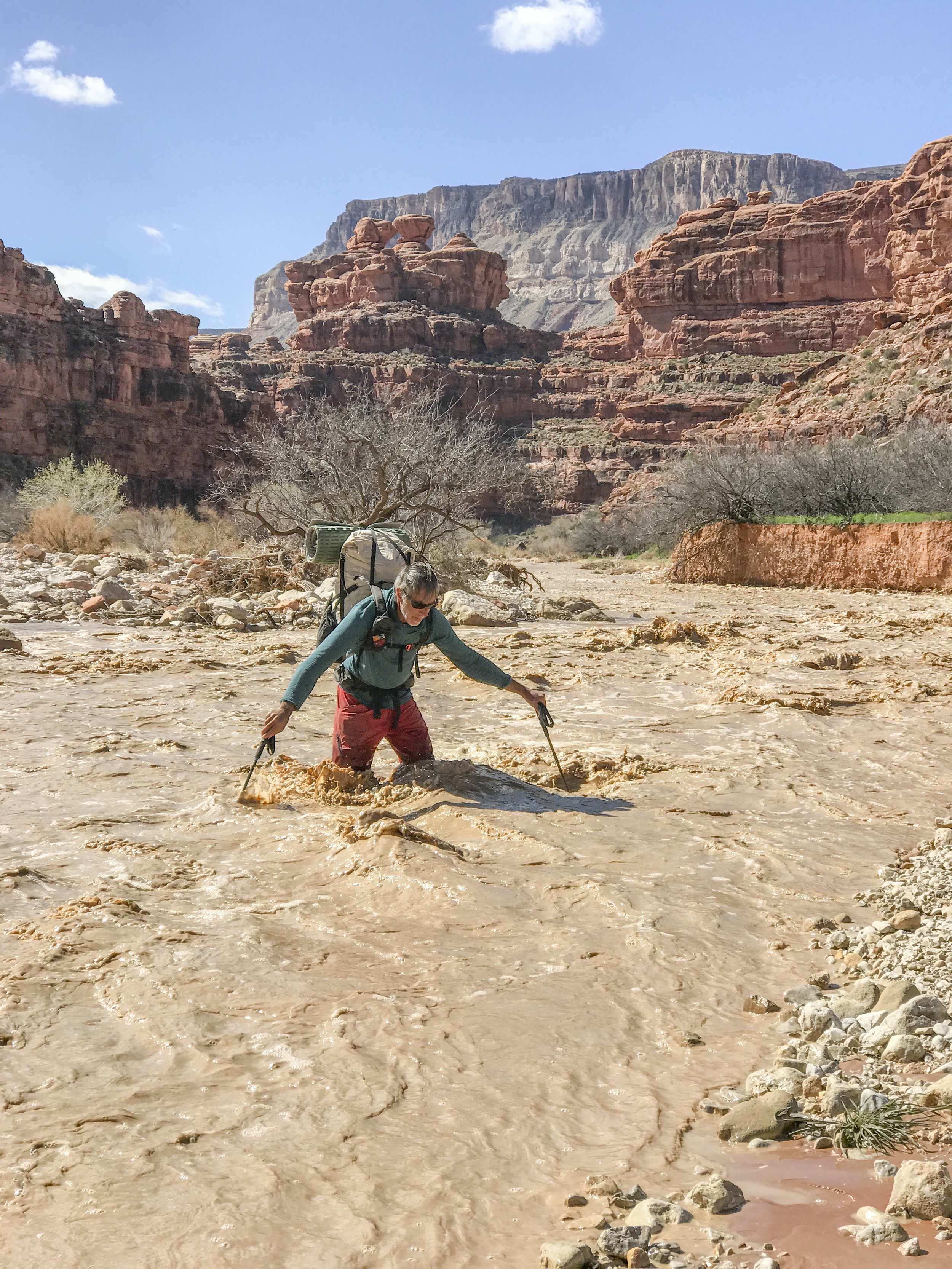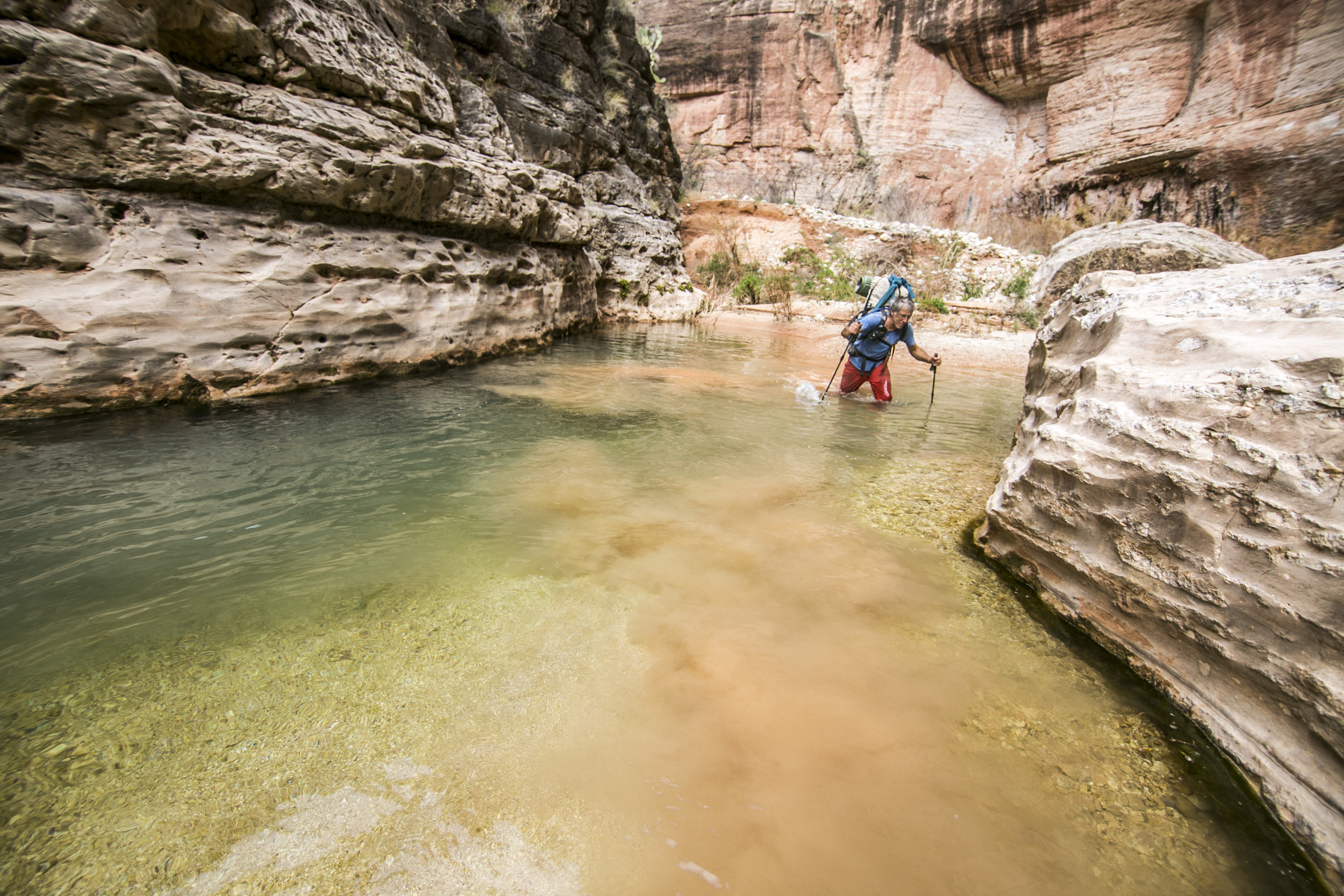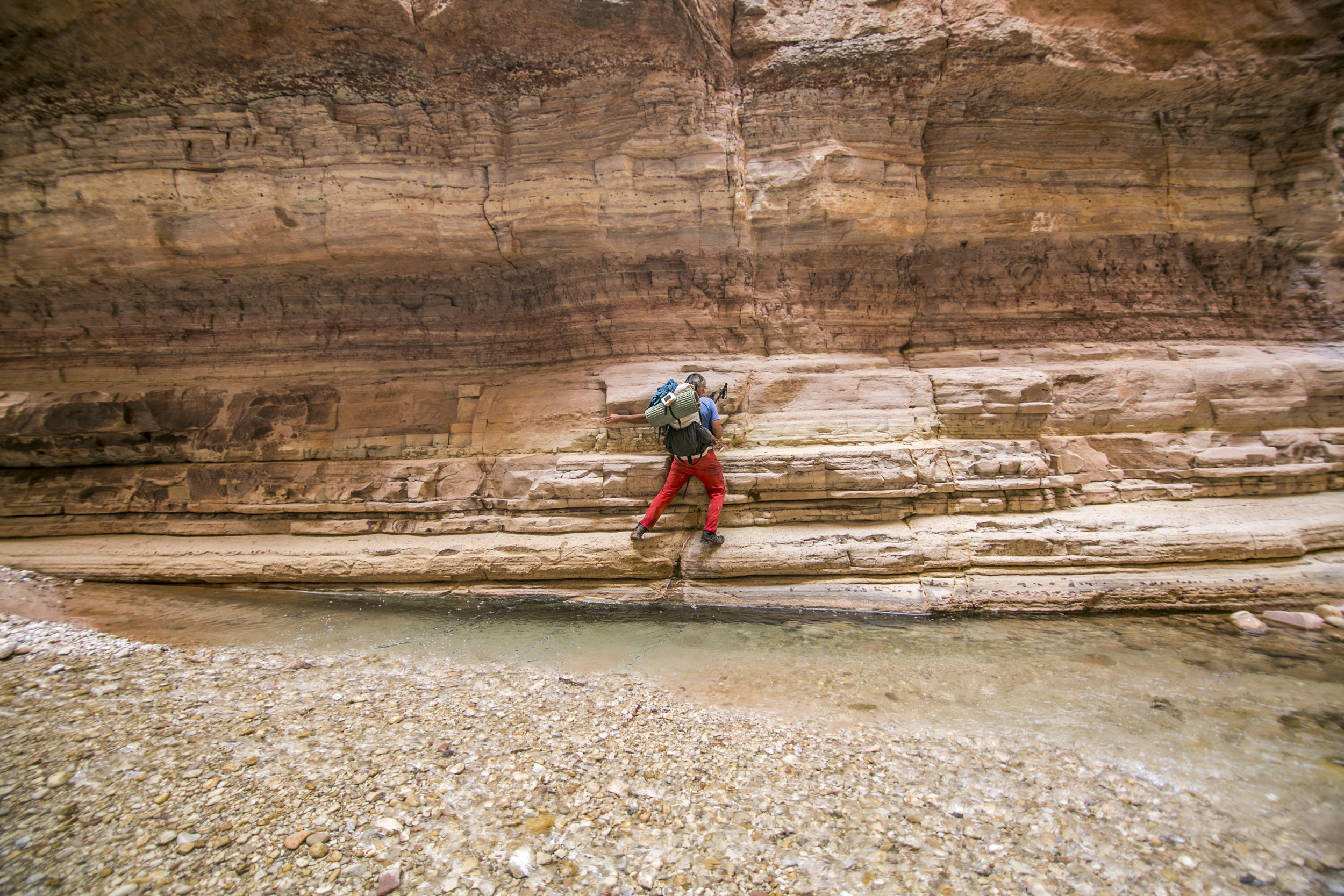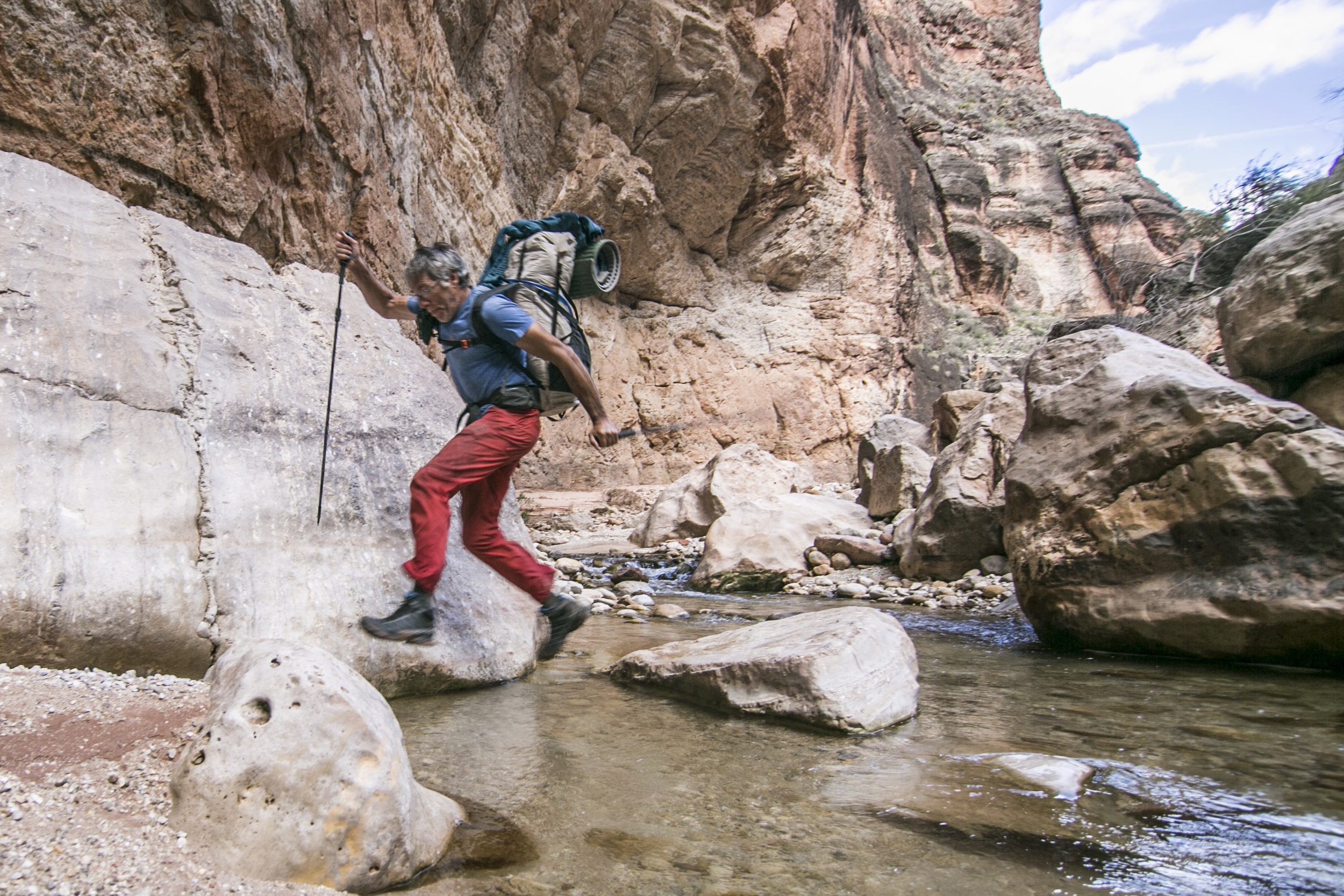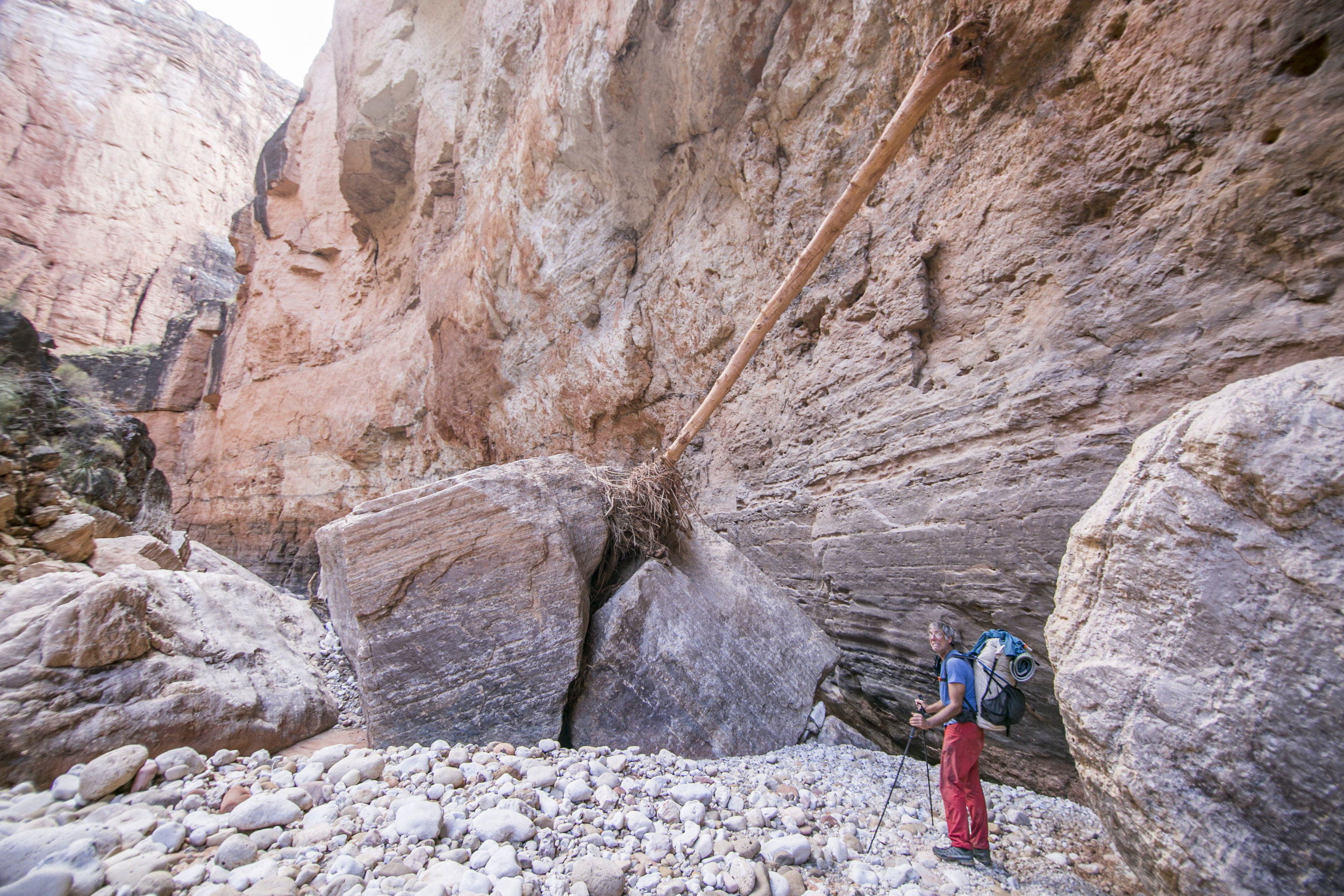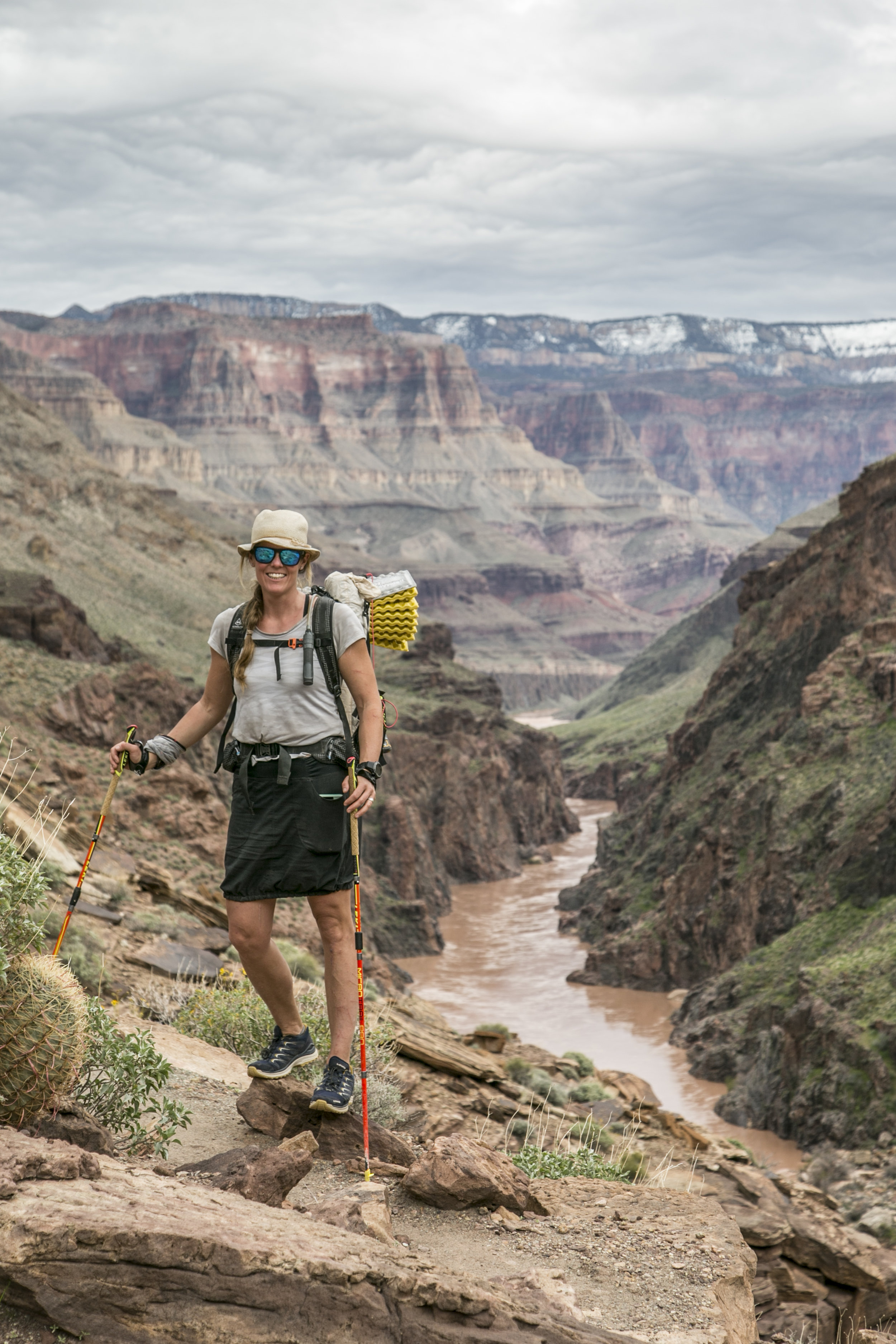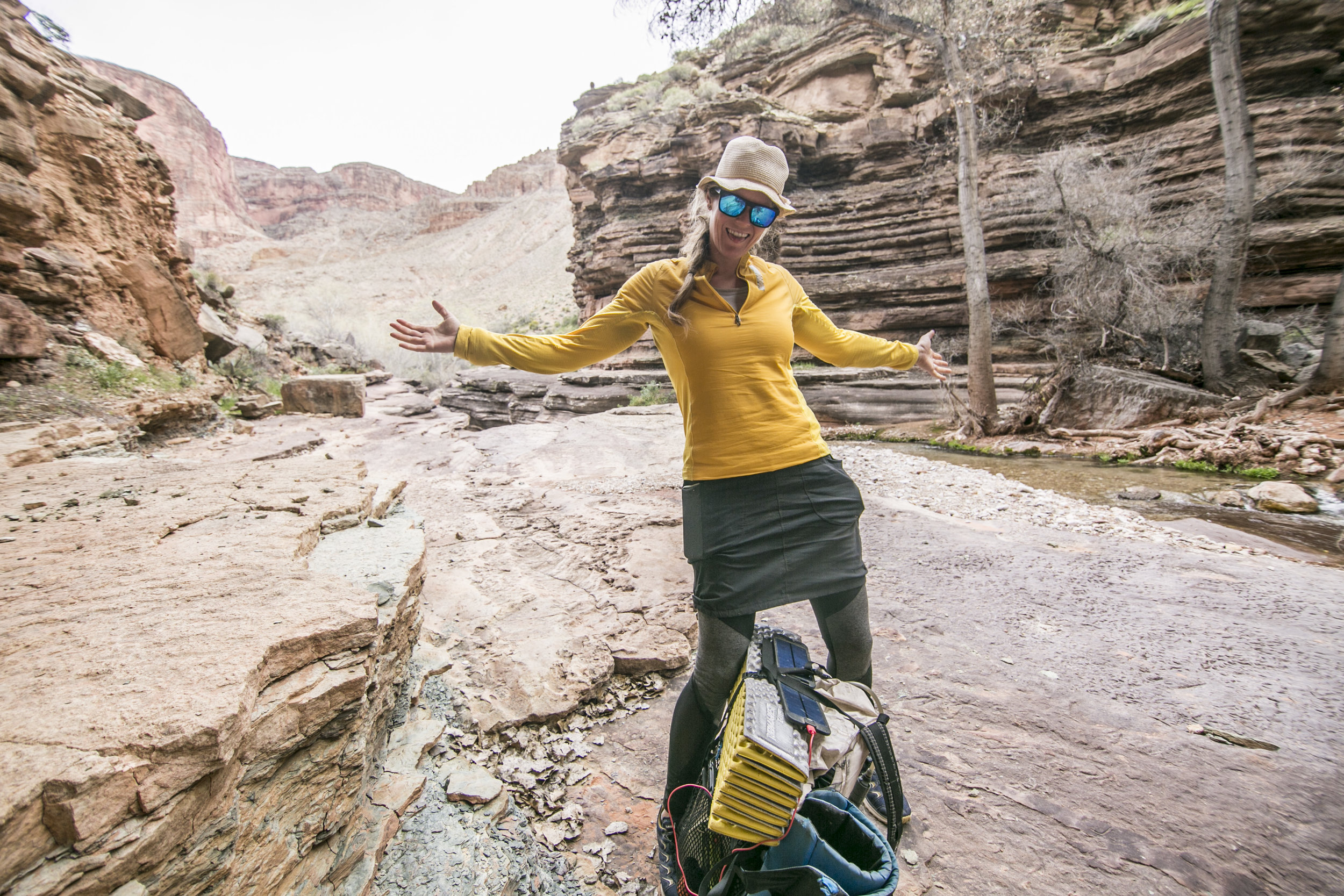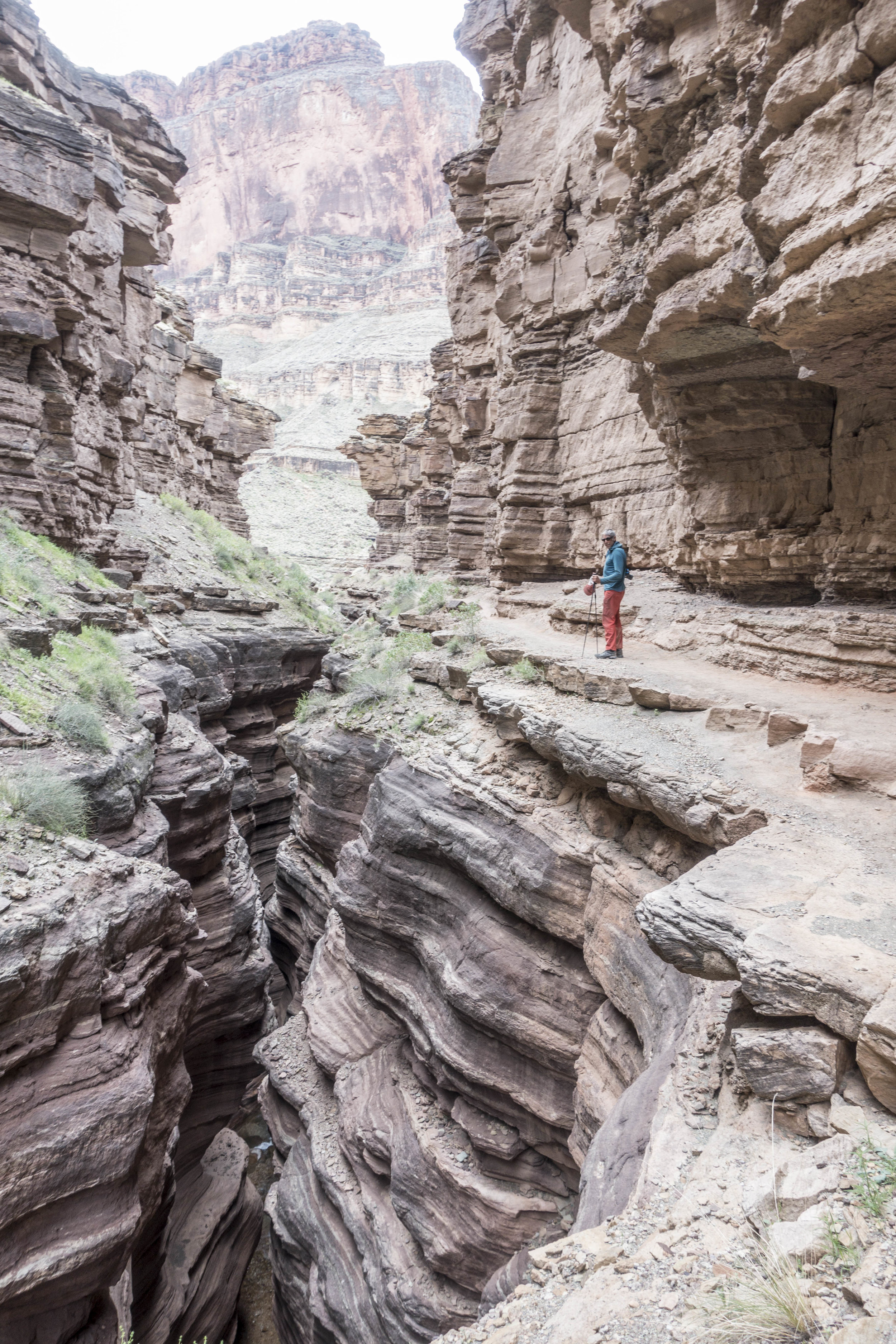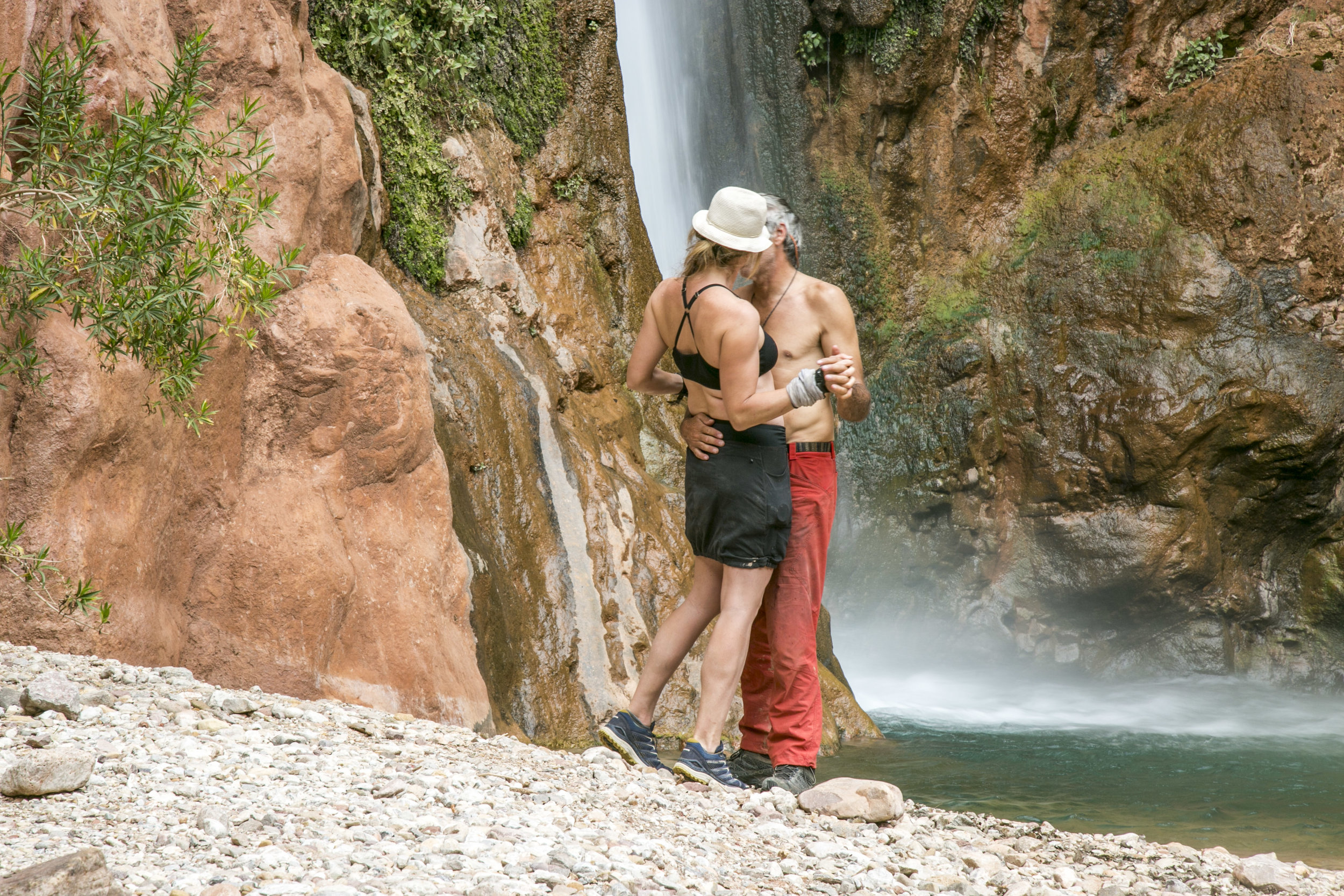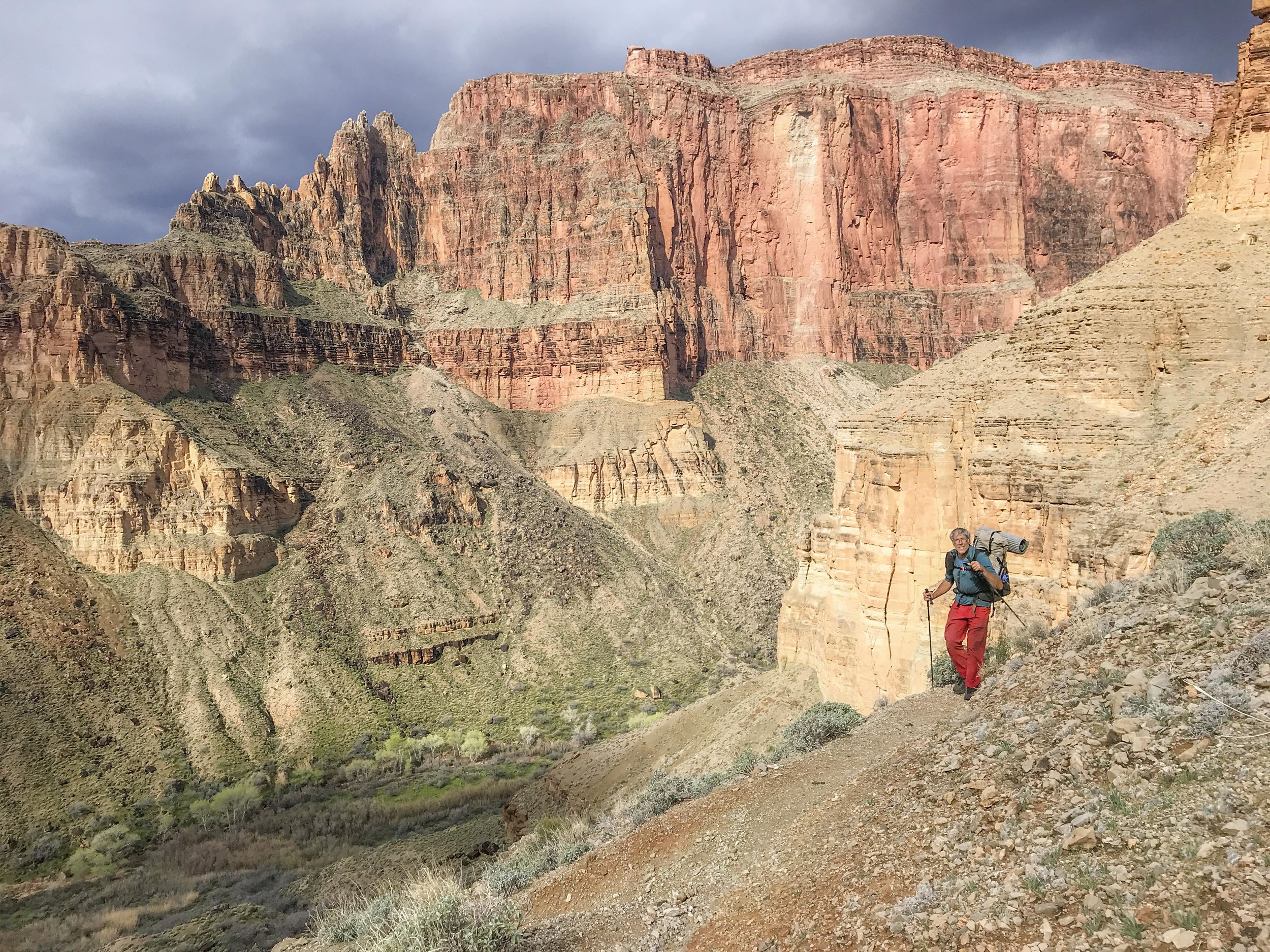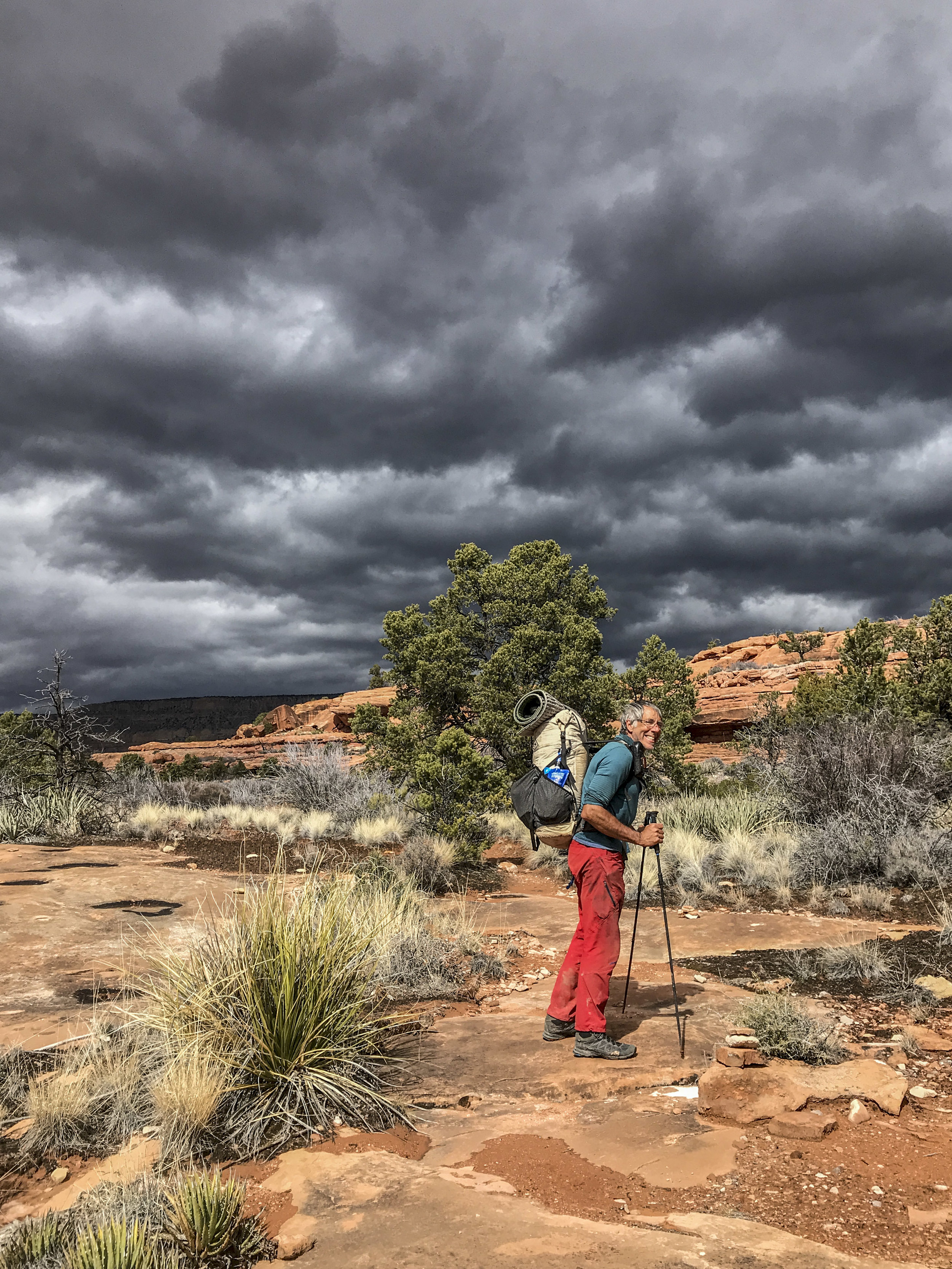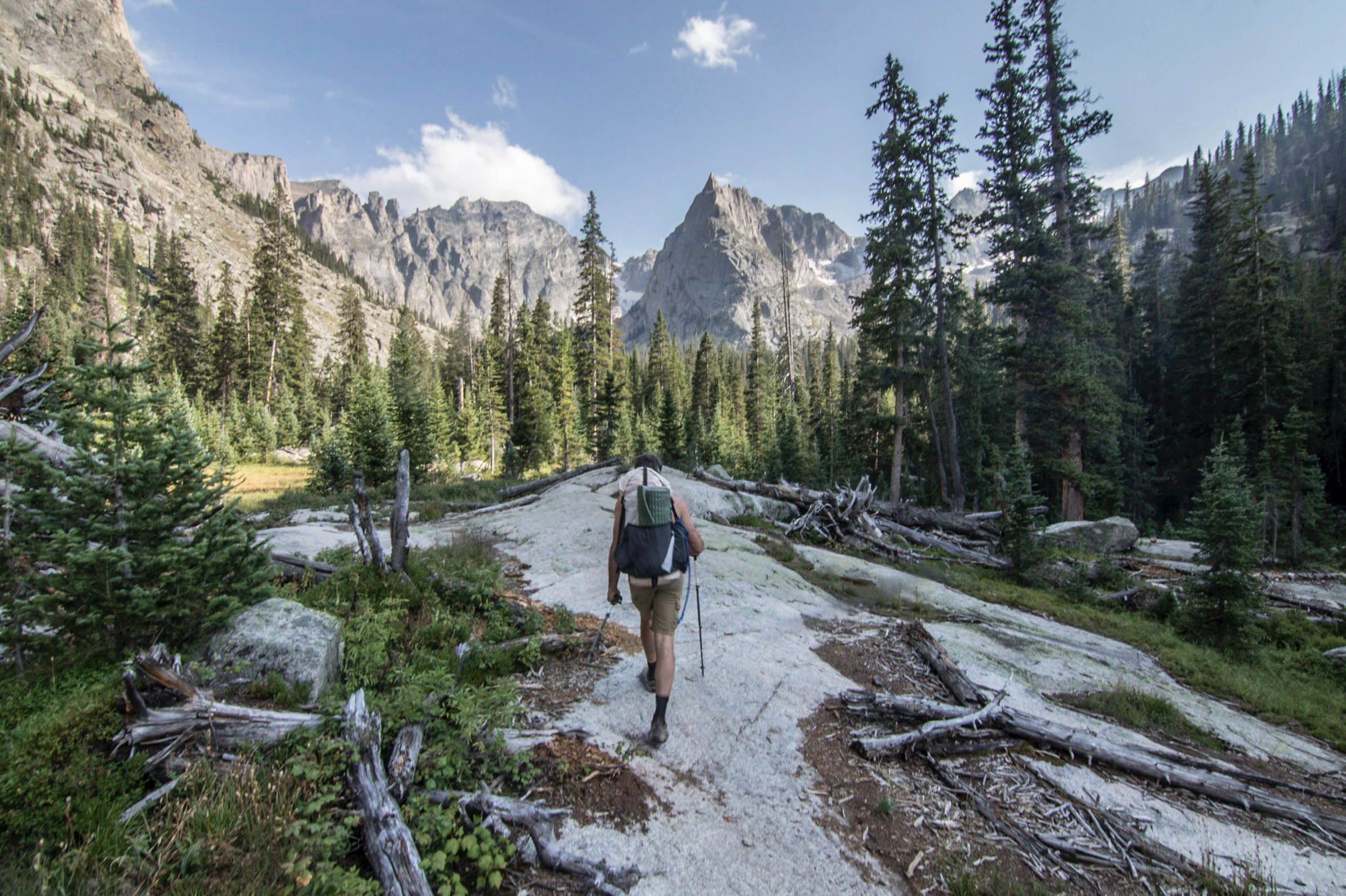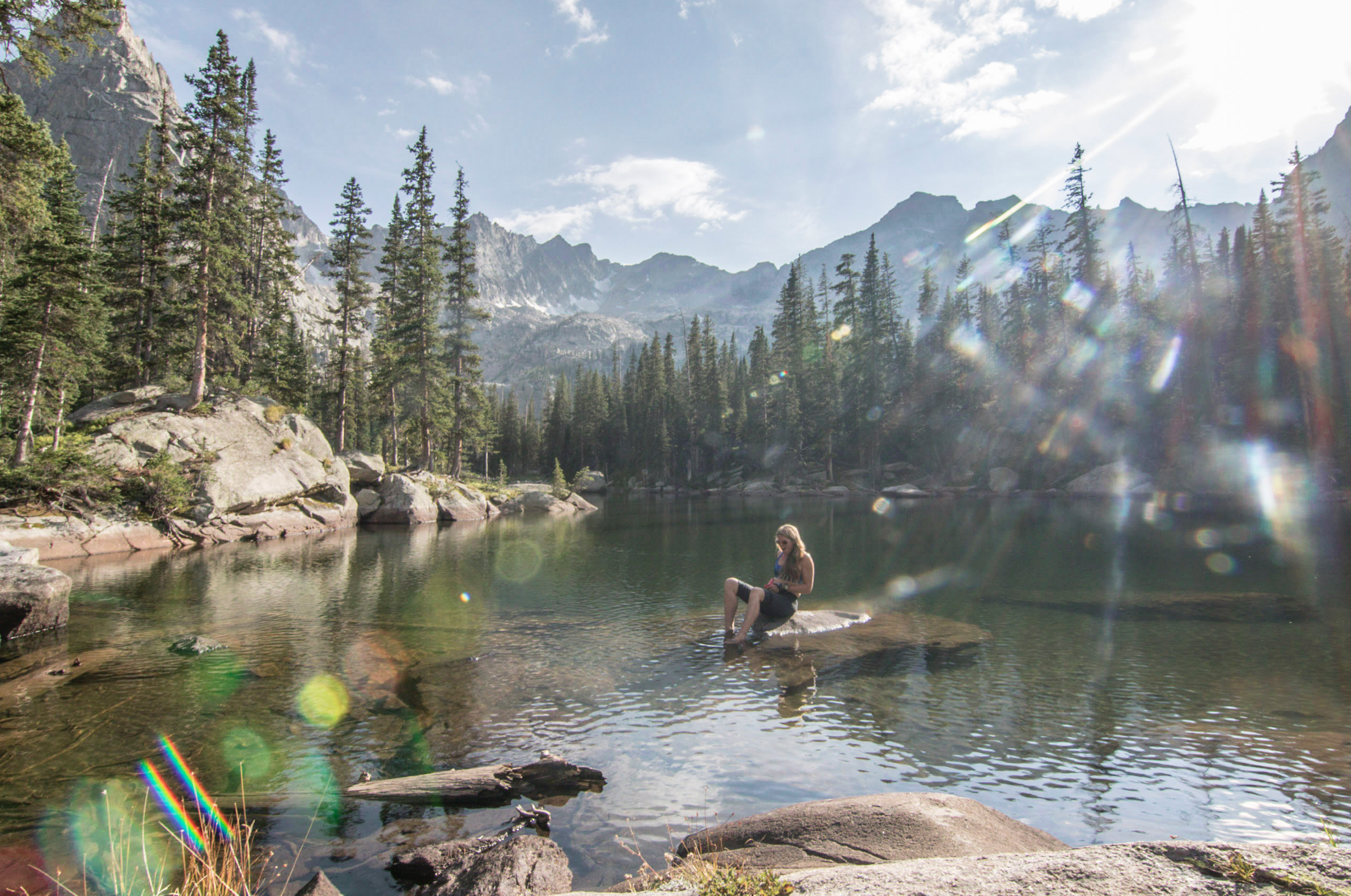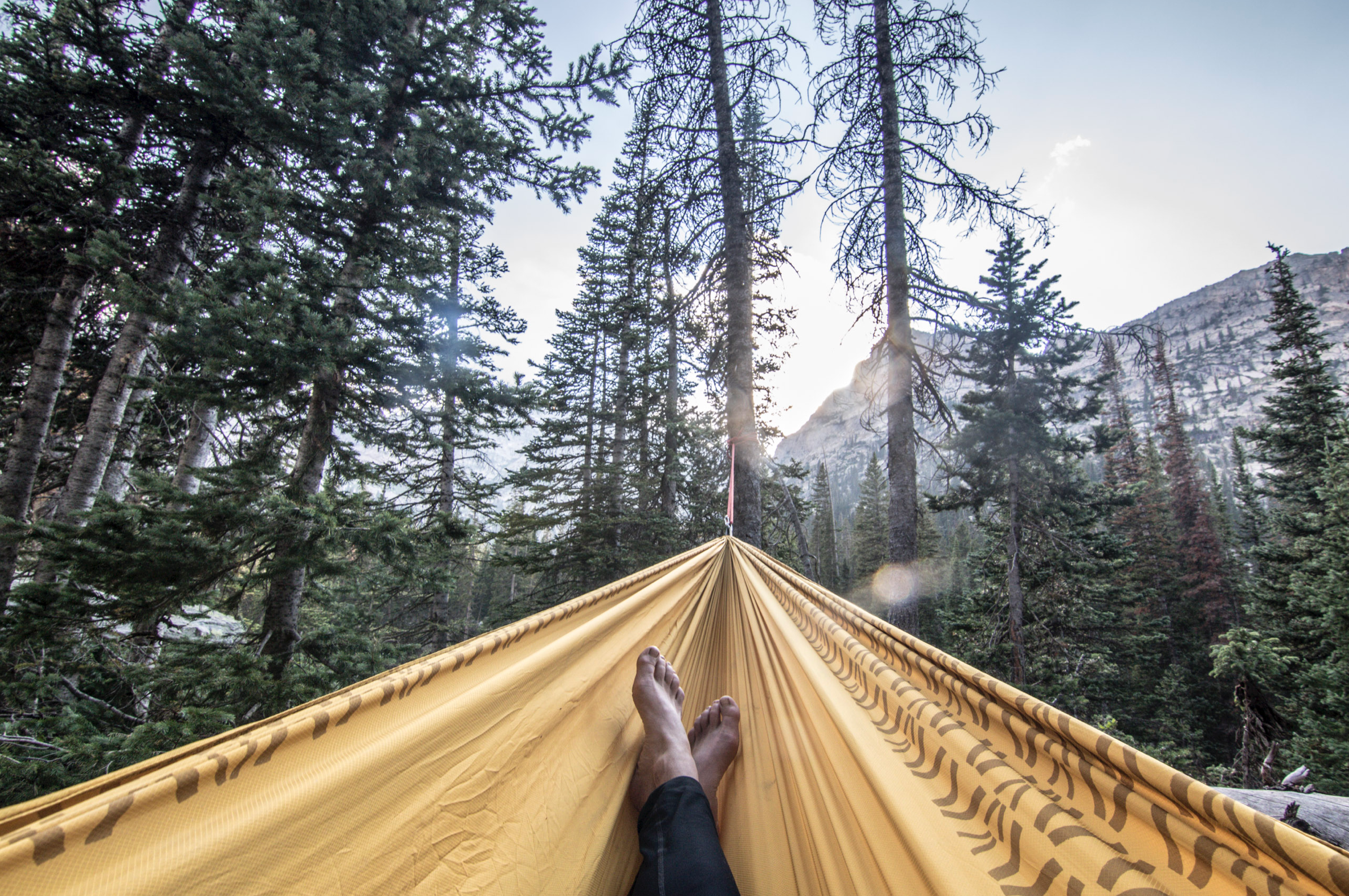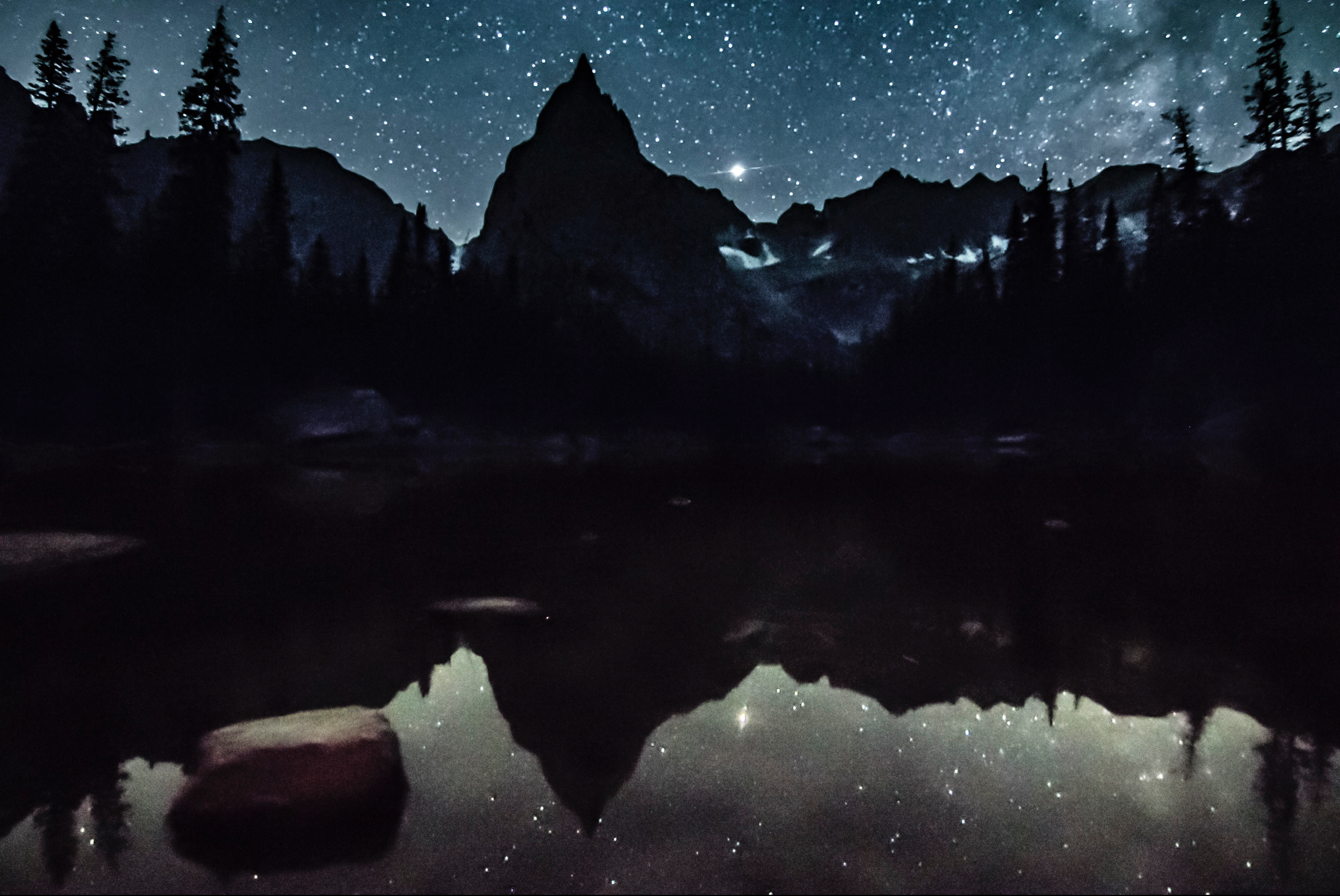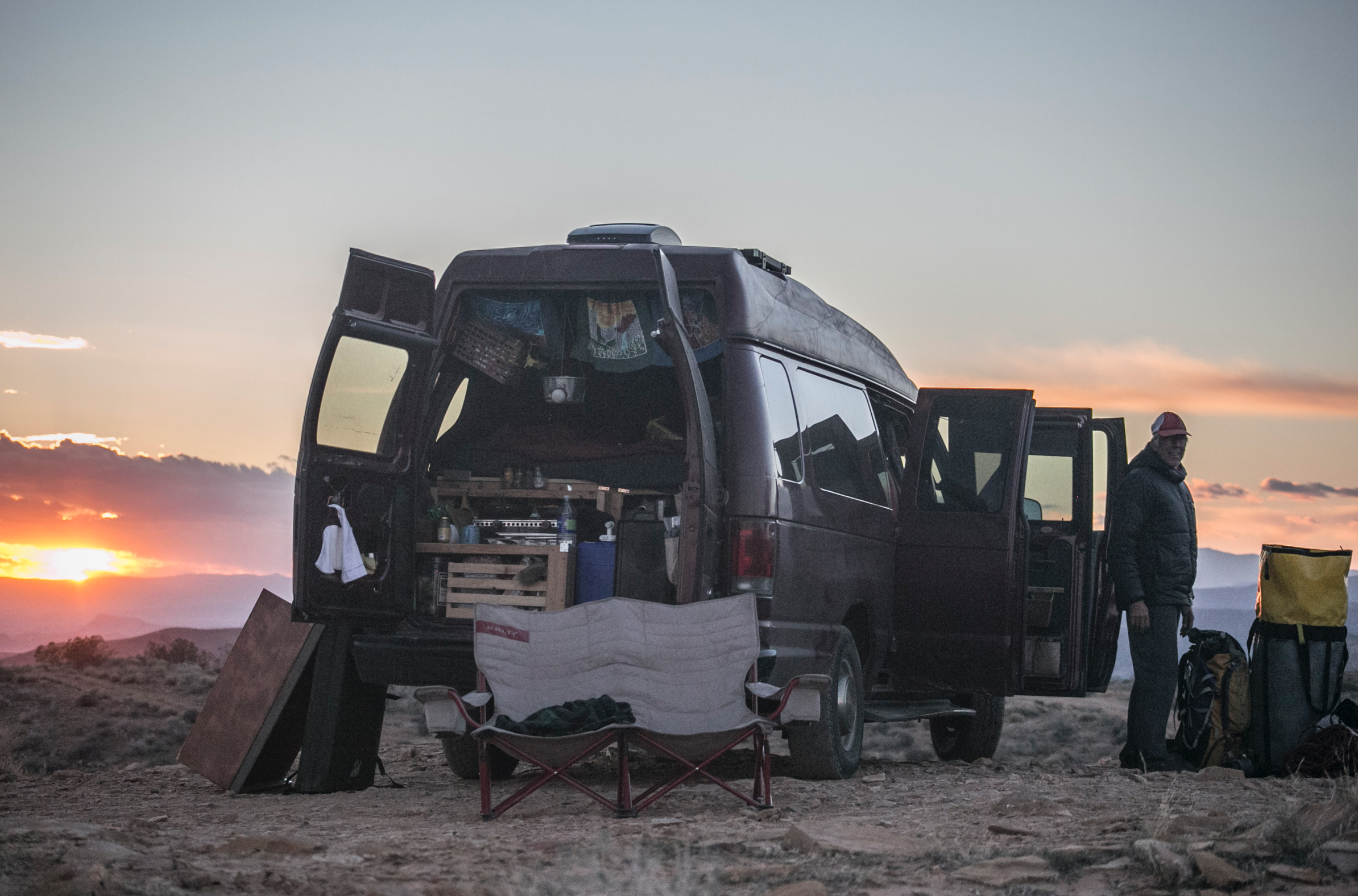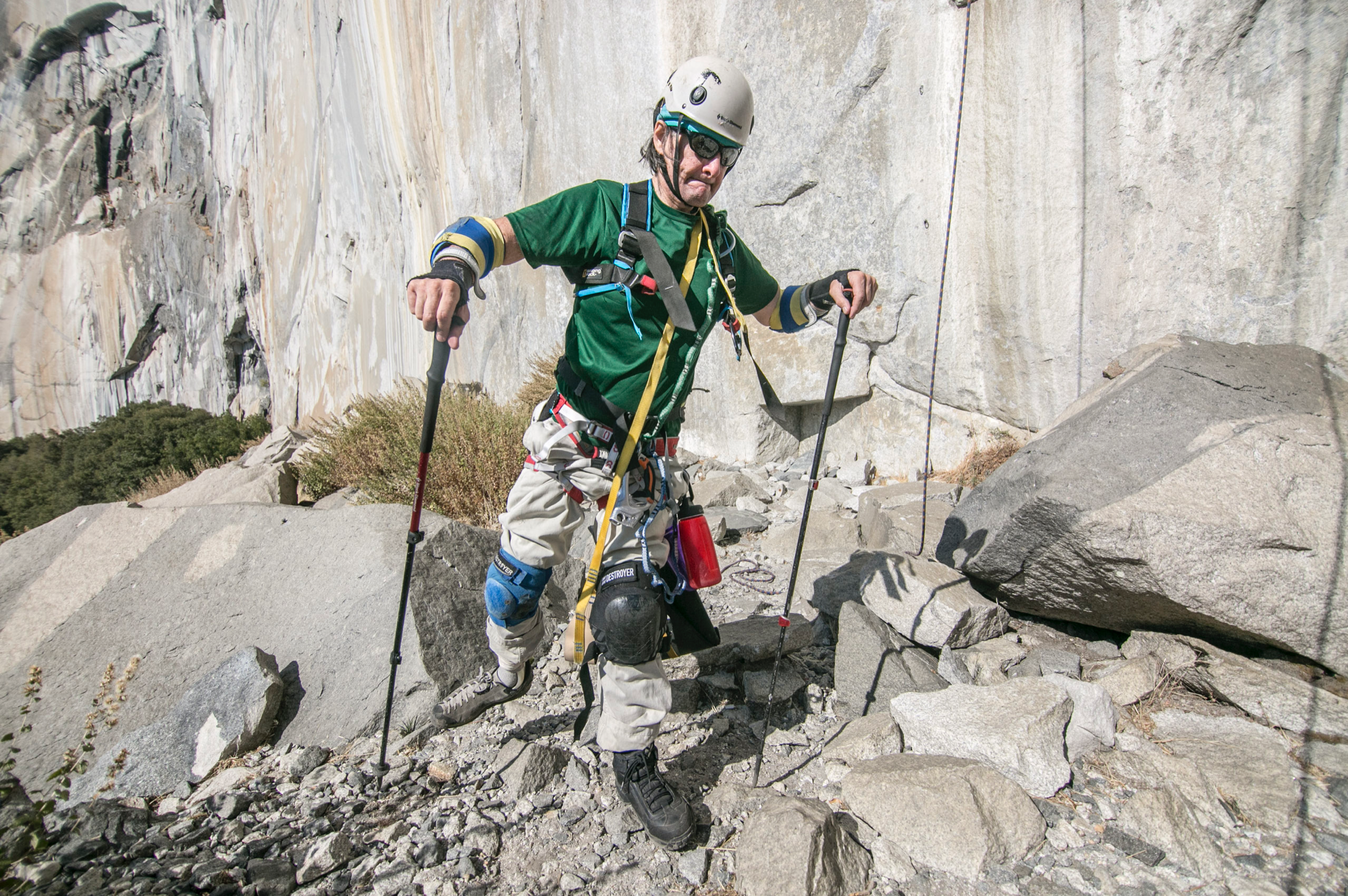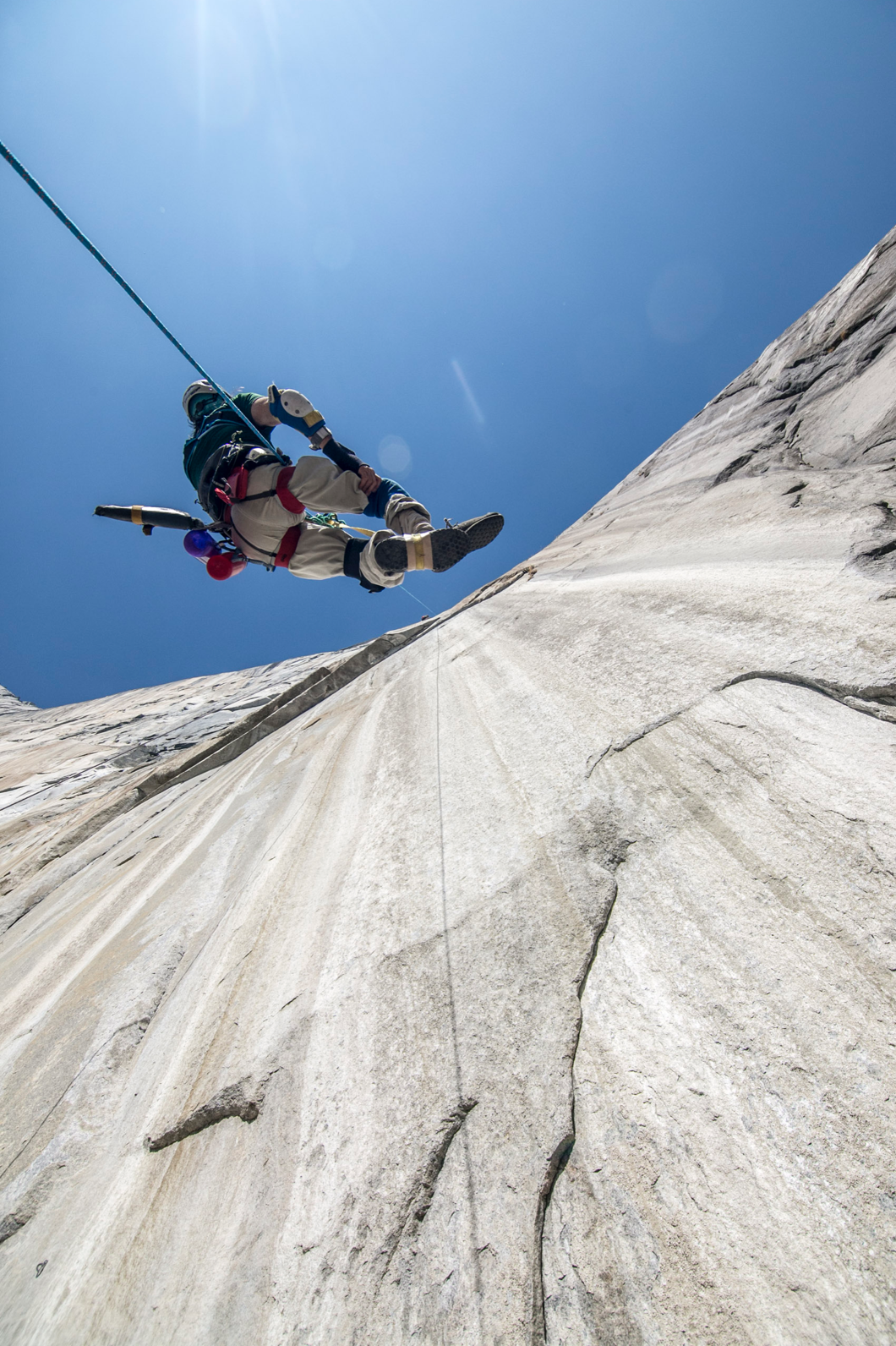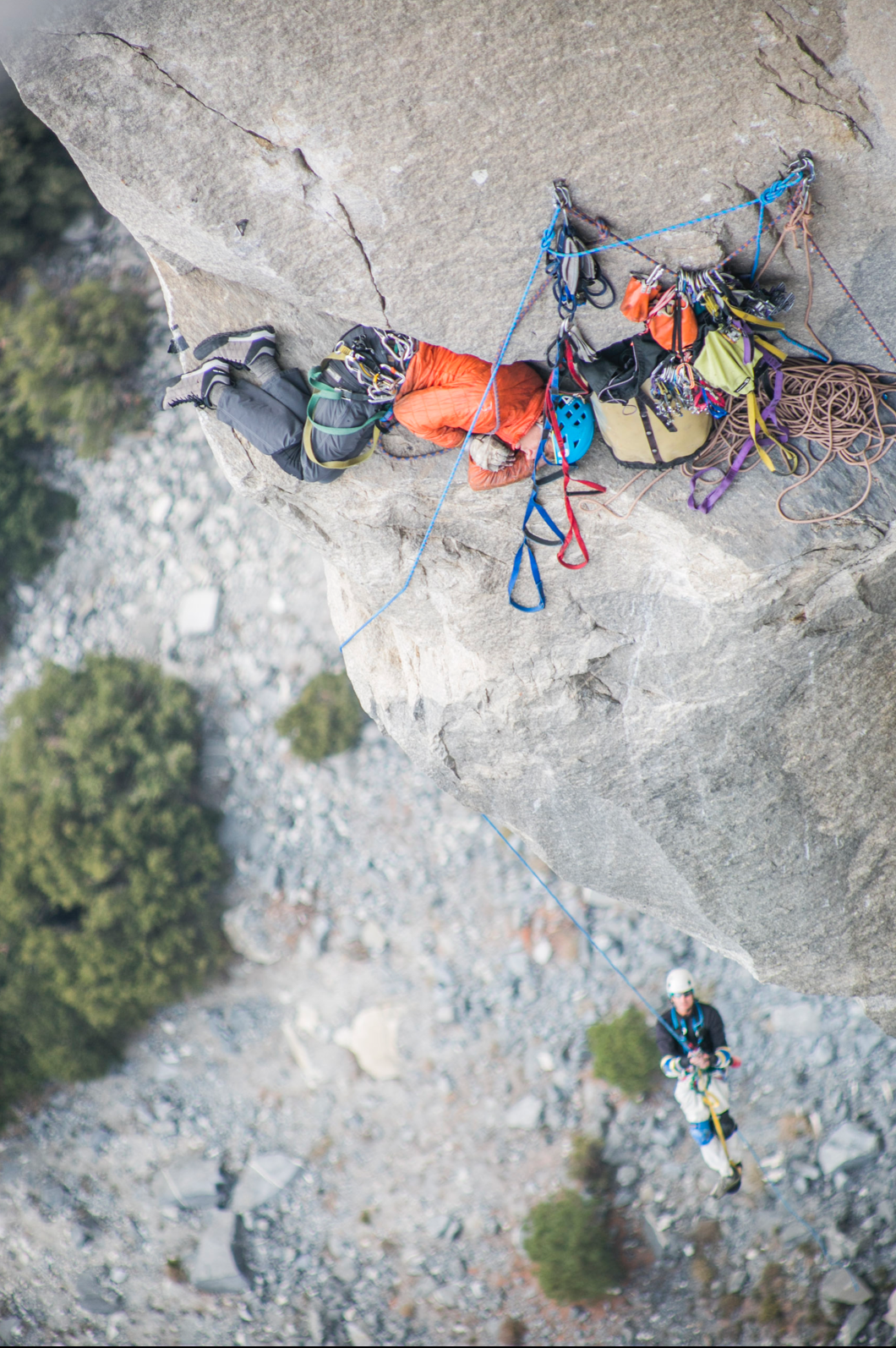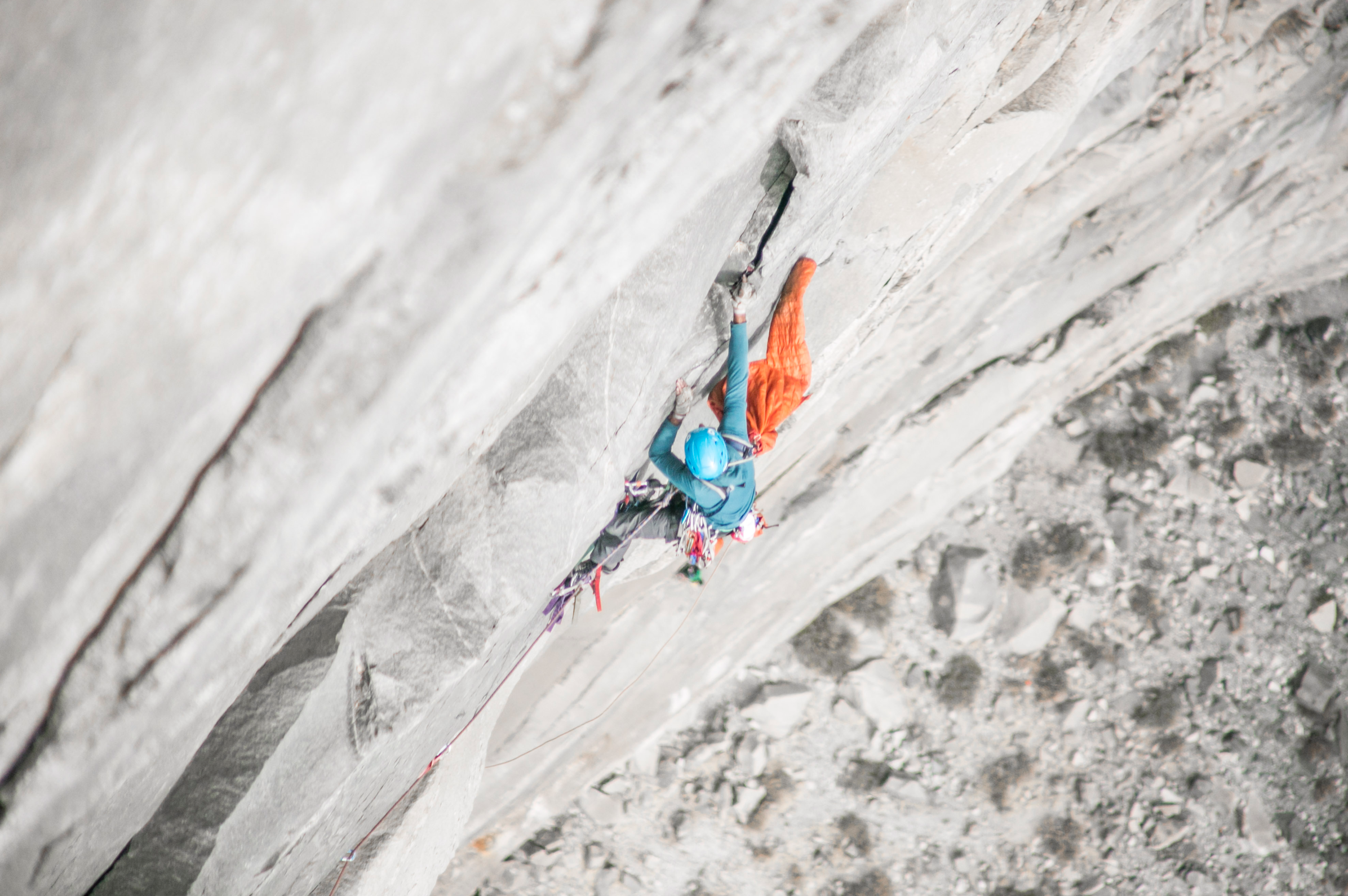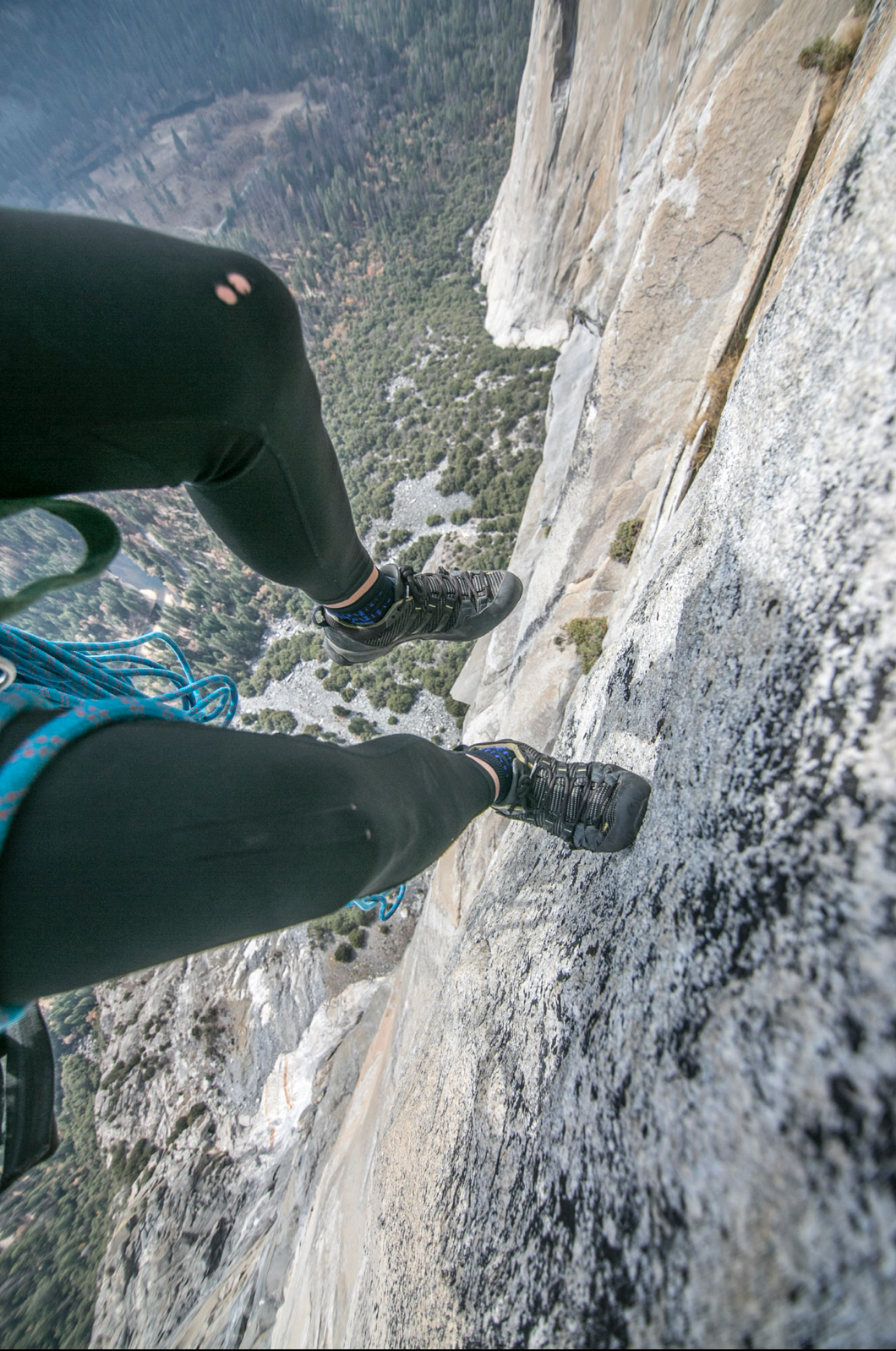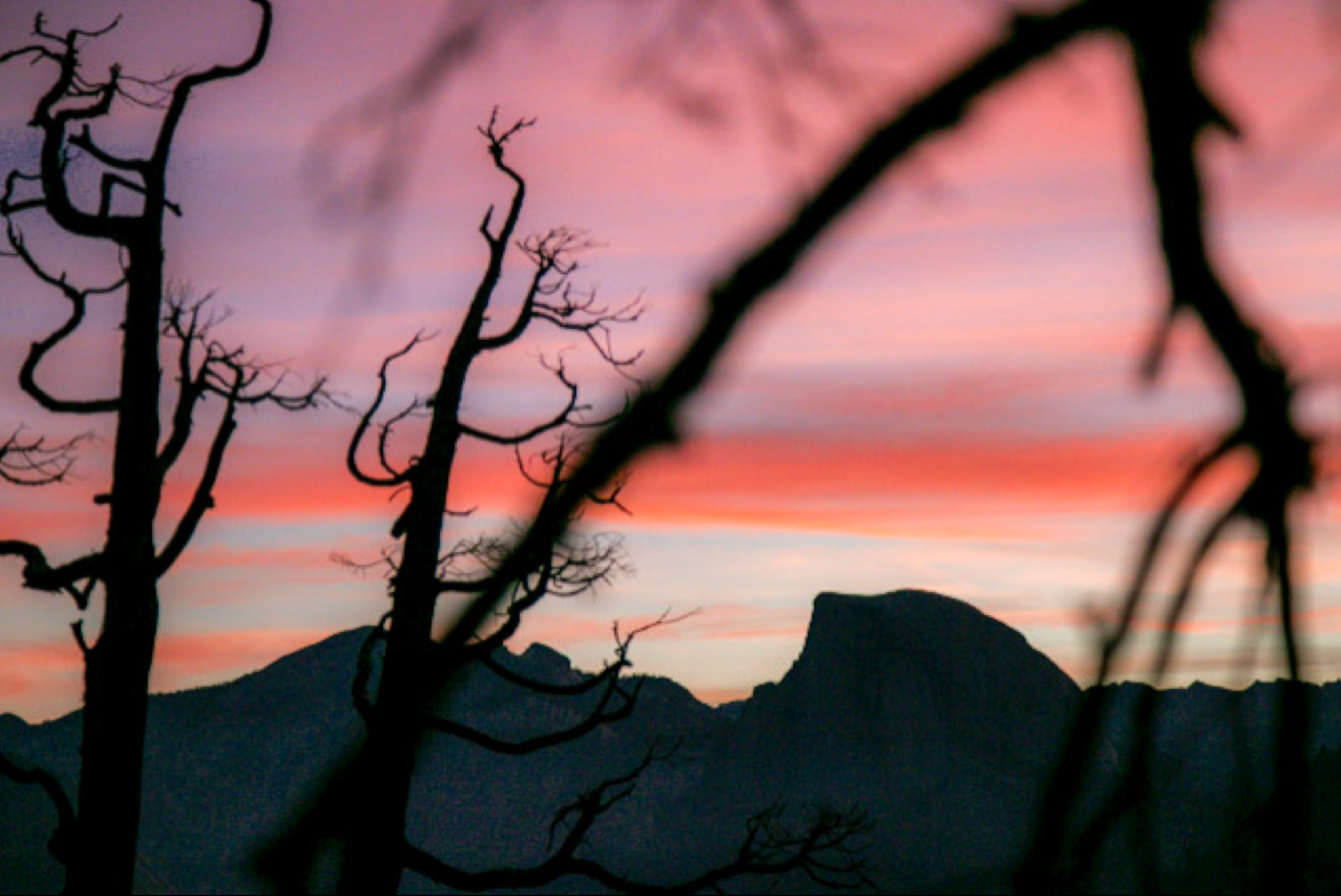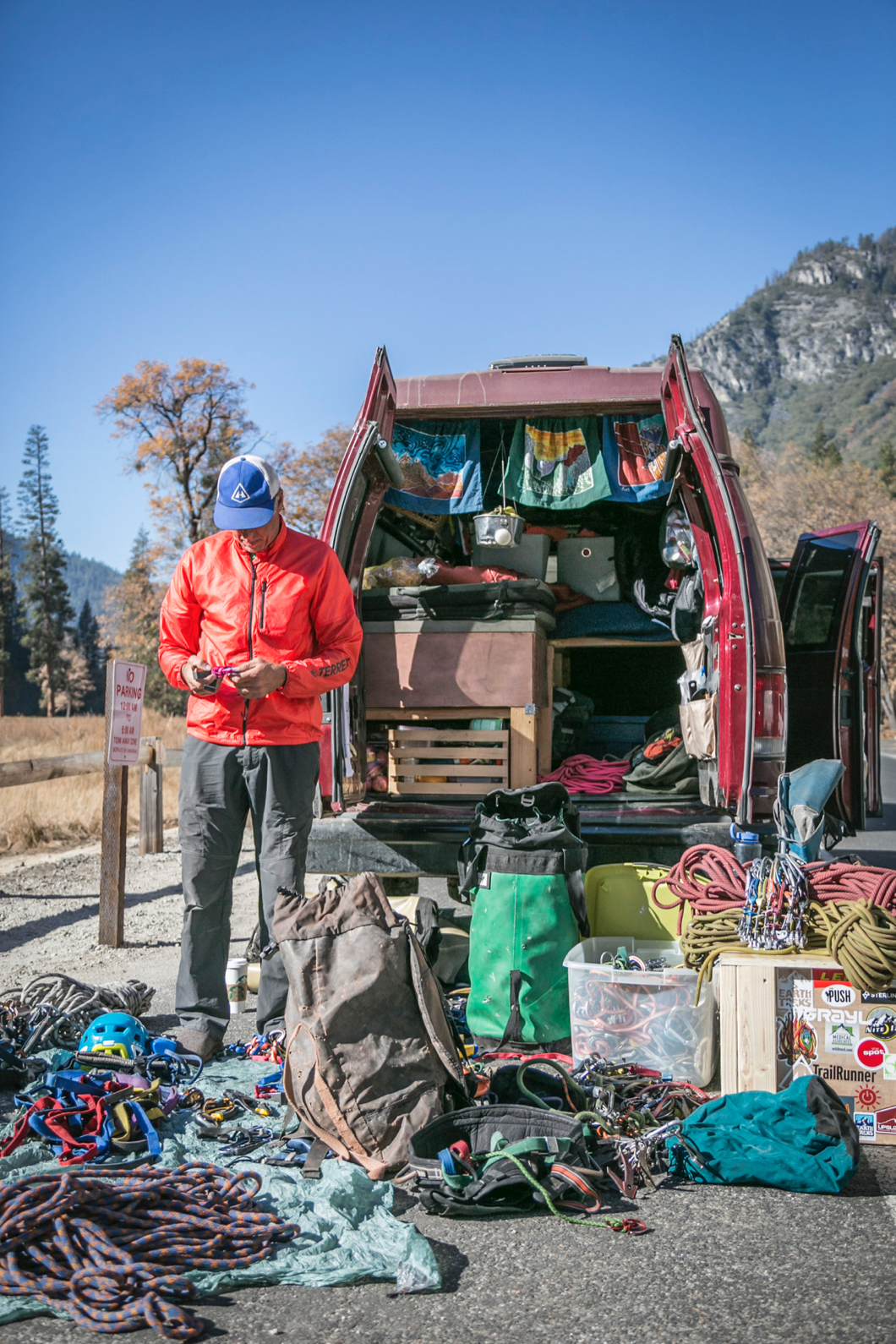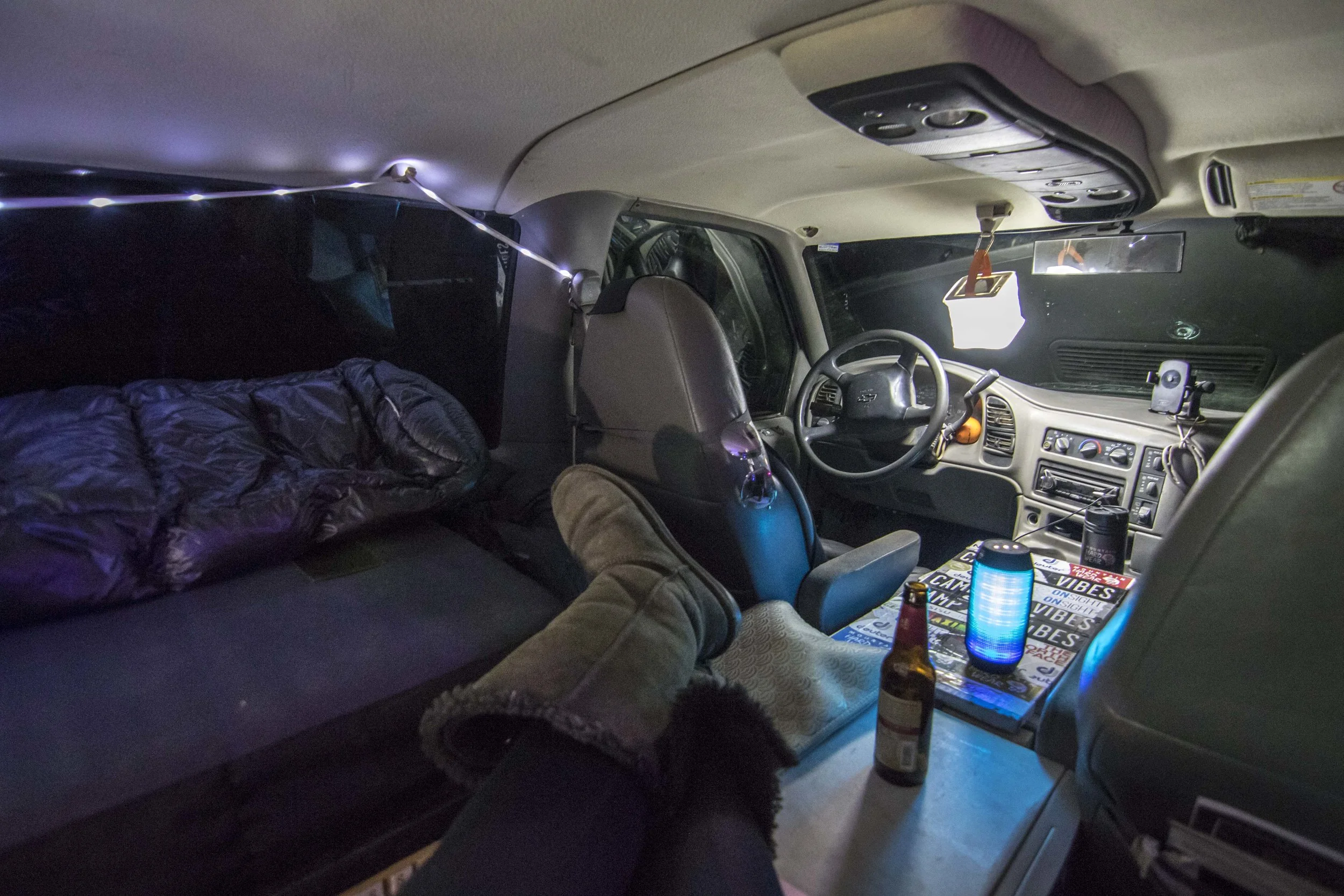“I’m not going to go.” My stomach flip flopped as Paul finished his sentence. “The last couple days helped me decide. I’m going to stay here.” Paul had just gotten down from multiple days and nights on El Capitan, and he was telling me that he had decided to nuke his plans to go on a climbing expedition in Pakistan in the summer. It was a gorgeous May morning in Yosemite. Our friend Jess Roskelley had died in an avalanche on Howse Peak less than a month ago.
Fast-forward to July 11. Paul and I both have tears in our eyes as we embrace tightly at the airport in Denver. The luggage cart next to us is overloaded with two oversized duffel bags and smaller carry-on. “This is going to be one of the hardest things I’ve ever done,” says Paul. He isn’t talking about the climbing he’ll be doing in Pakistan, but about leaving me for seven week. I pull him closer.
Life is a risk. You never end up regretting the things you do but the things you don’t do. Decisions should be based on love not on fear. So many platitudes to go around.
The real question is: how do you decide between pursuing a potentially risky trip to a place you’ve wanted to see for decades - the type of trip that is woven into the very fabric of your identity - on one hand and on the other hand having found bliss in low-commitment adventures and daily life with the partner you love? It’s a question that Paul and I debated a lot: each of us individually, consulting friends and in conversations with one another.
We found an answer: Paul is on his way to basecamp in Pakistan as I am writing this. To have an incredible alpine climbing adventure, I hope; even though deep down I know that a big part of his decision to go was so he could give me space to pursue my own big mountain running projects. The decision to go was anything but clear cut.
Doing hard things is character building. Suffering is privilege. Time apart makes time together that much more valuable. More platitudes.
We’re independent. We both charge hard, and we’ve spent longer chunks of time than this apart. Hell, I left Paul ten days after we got married to walk across the Colorado Plateau for a month all by myself. And yet… this feels different.
Maybe it’s because this time I’m the one who is staying ‘at home’ (though not really - I’m going to run the Ultra Gobi in China while Paul is in Pakistan… but I’m not leaving for a few more weeks). Or maybe it’s because Paul was on the fence on whether he really wanted to go or not, and the risks involved in remote alpine climbing are all too real.
I do know one thing: as excited as I am for Paul to finally get to climb in the Karakoram, and for me to run far in amazing places… I am even more excited at the thought of Paul’s return to Colorado in late August. Happiness is only real when shared!
If you want to see where Paul is and/or exchange (free) messages with him via his Garmin GPS, you can use this link: https://www.clmbrlifr.com/gps.





